Banking, finance, and taxes
The Average American Can’t Identify Which Countries Use These Currencies
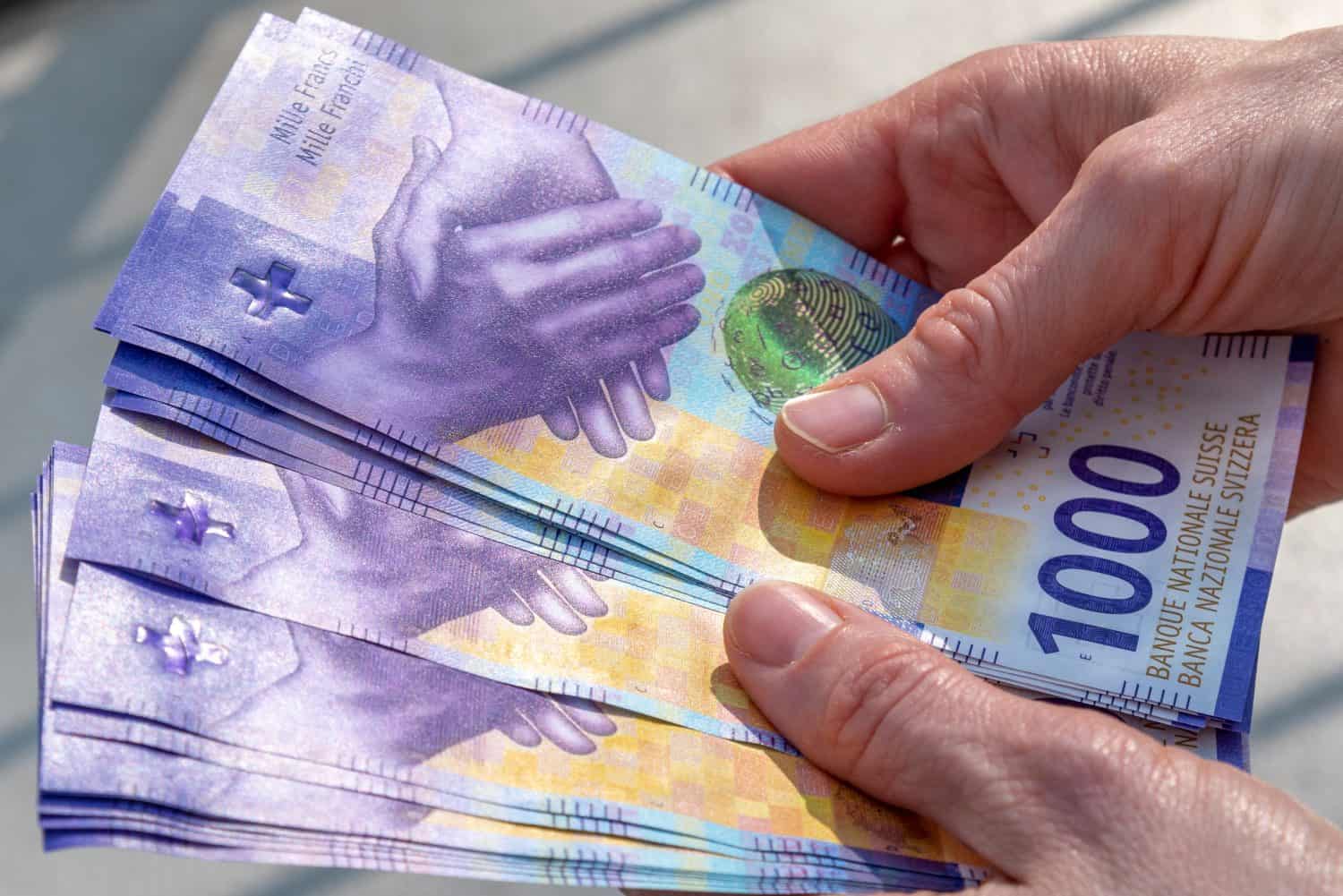
Published:

There’s more to money than just the dollar. Most people have no idea just how many different currencies there are in the world, where they’re used, and what they’re called. We often forget how much of an incredible convenience it is to have a stable, reliable currency that is accepted everywhere we usually want to shop. But what else is out there?
We found some of the least-known currencies, according to Americans, and where they are used.
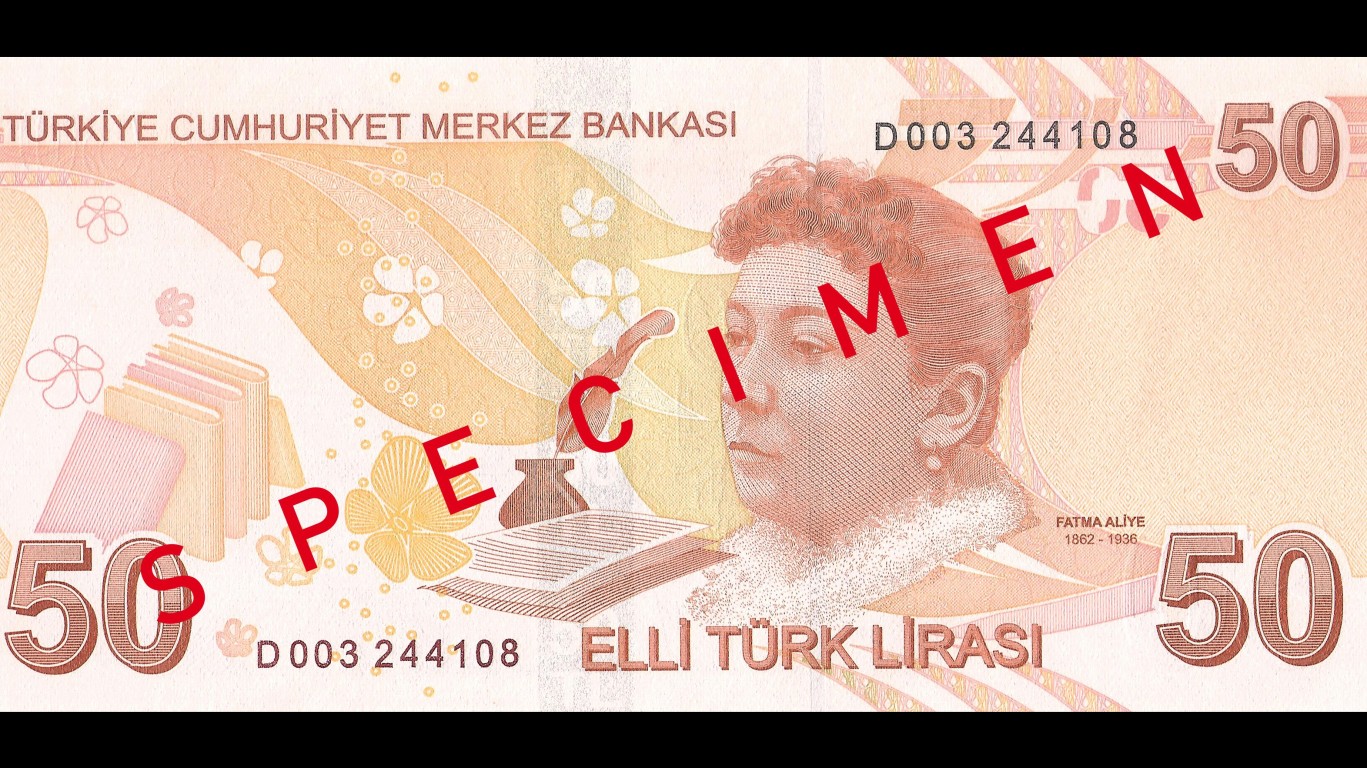
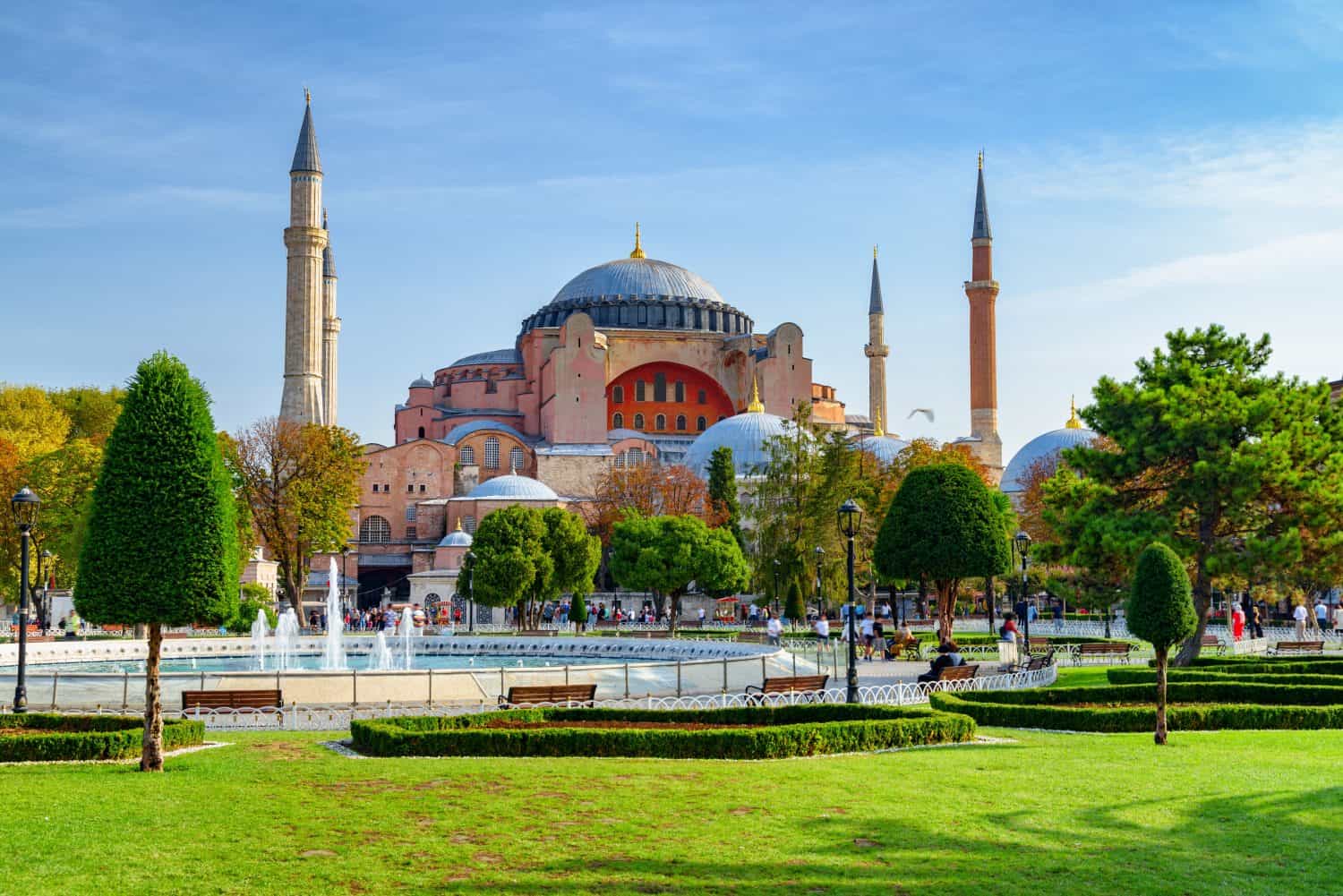
The lira is also one of two currencies used by the interim government of northern Syria. It has its roots in the ancient Roman libra and was preceded by the kurus.
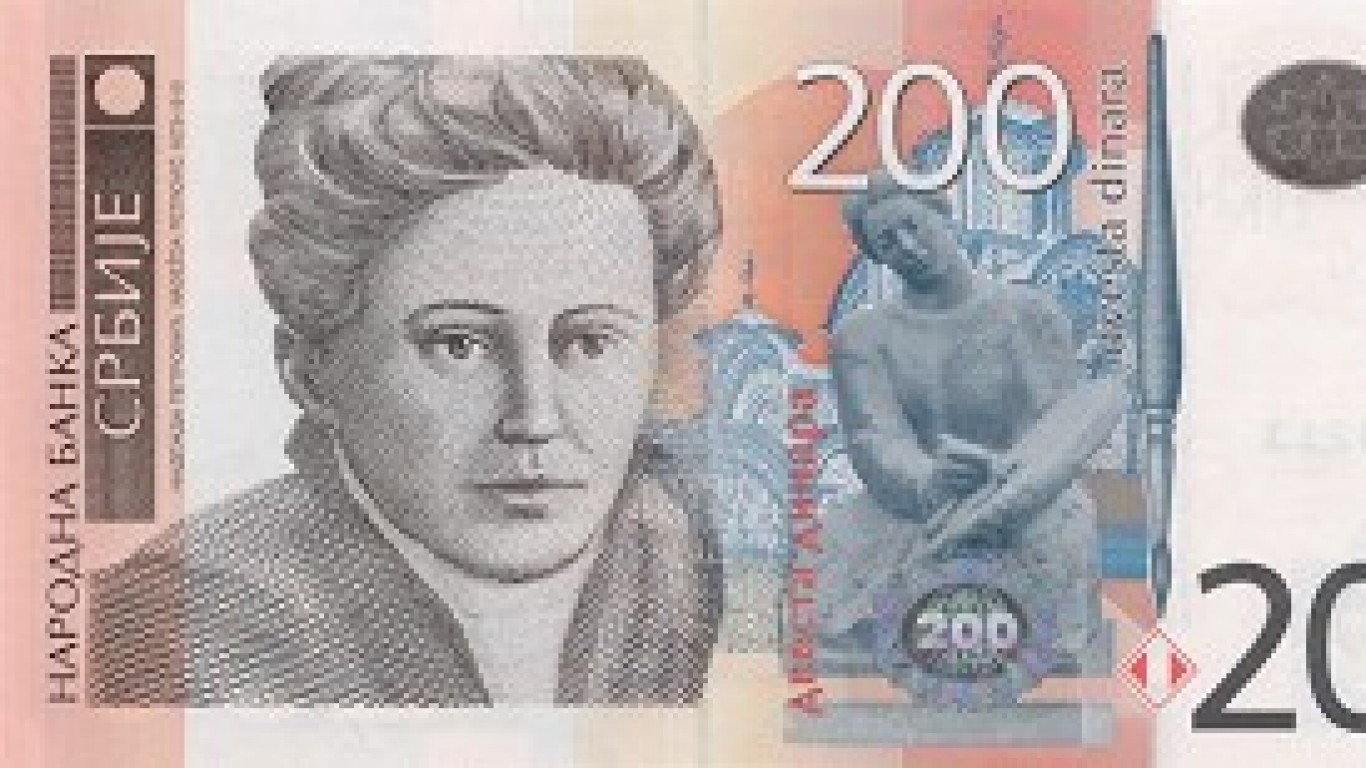
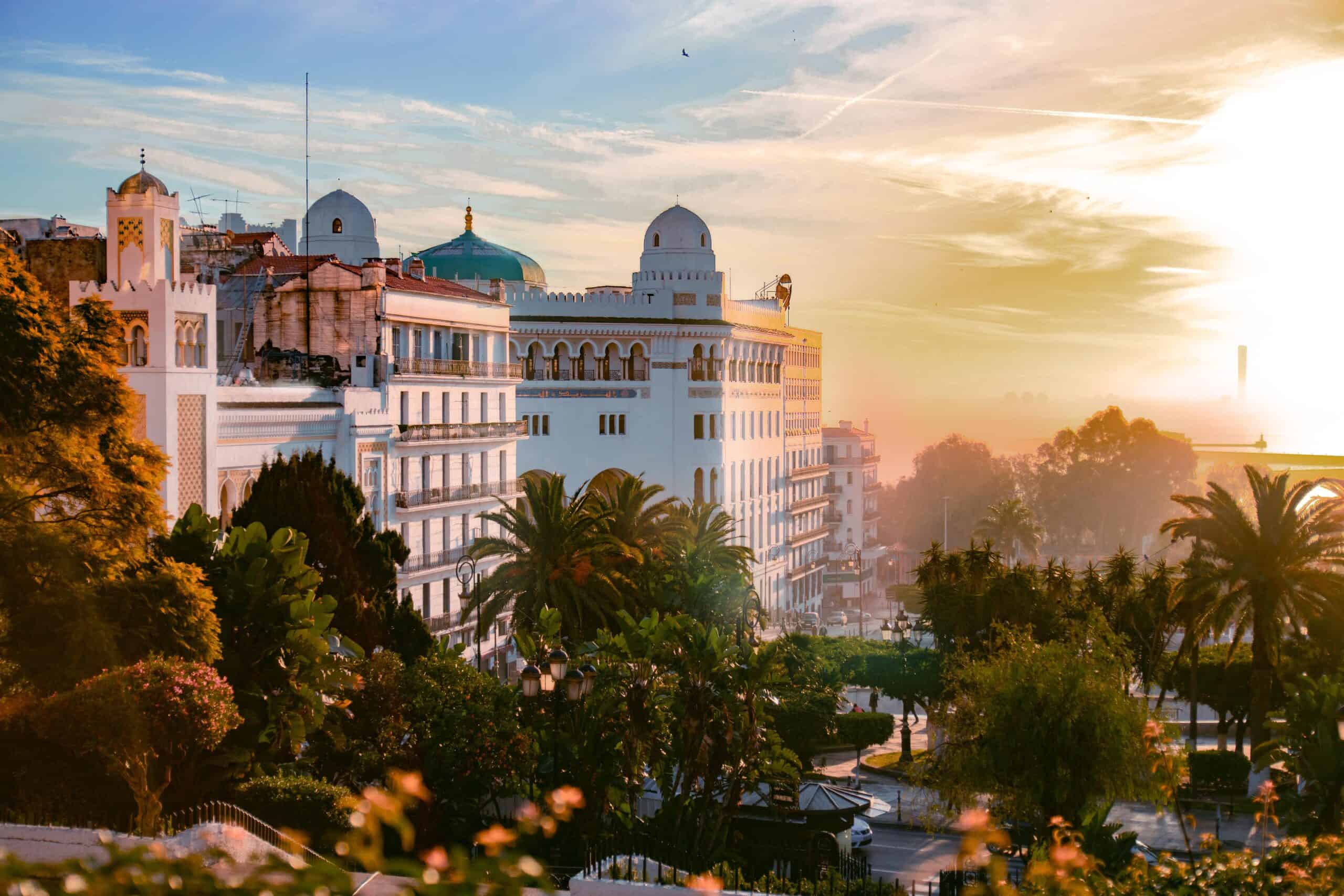
The Algerian dinar can be divided into centimes, but they are completely obsolete today because of the extremely low value of the dinar itself. The name comes from the Roman denarius.
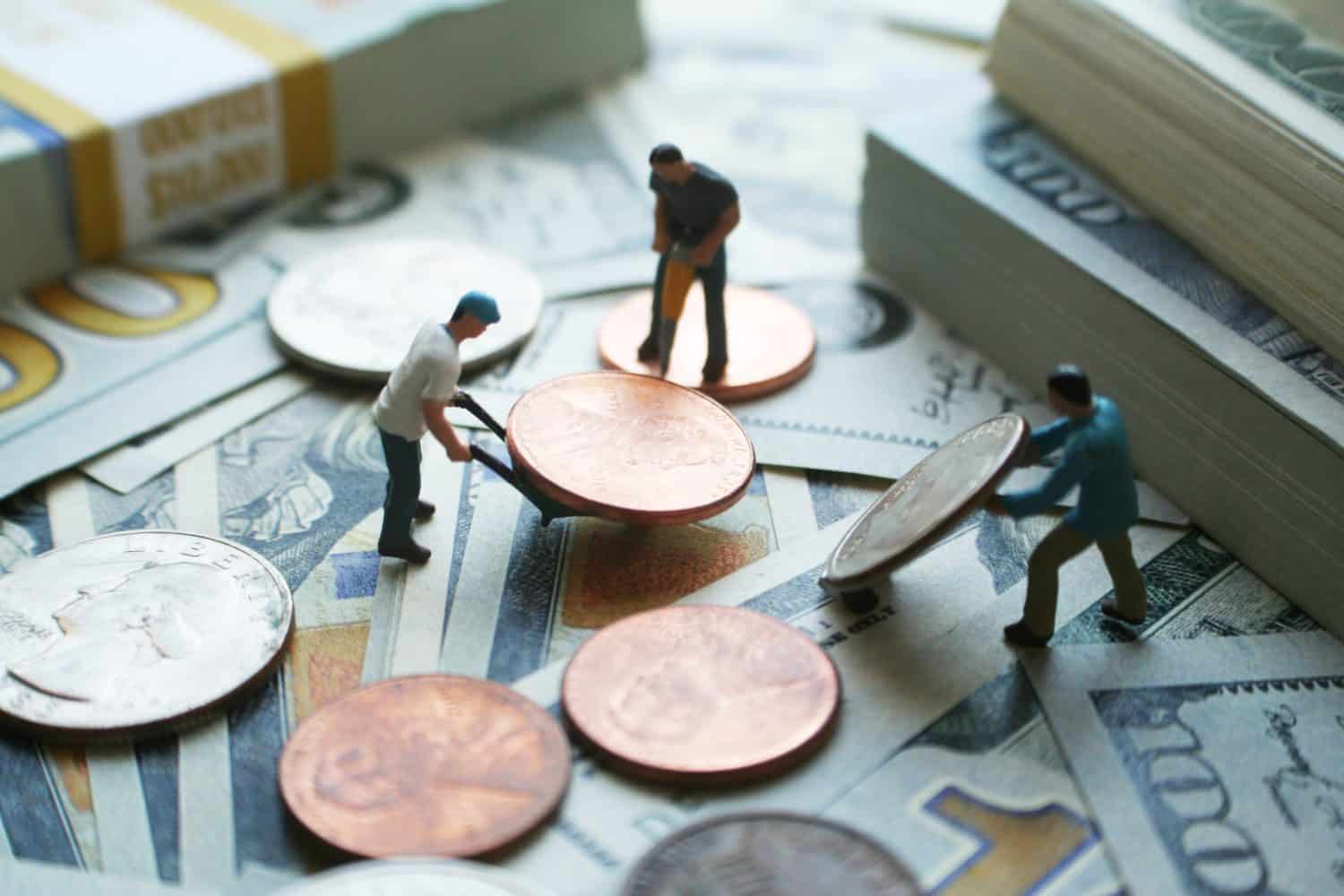
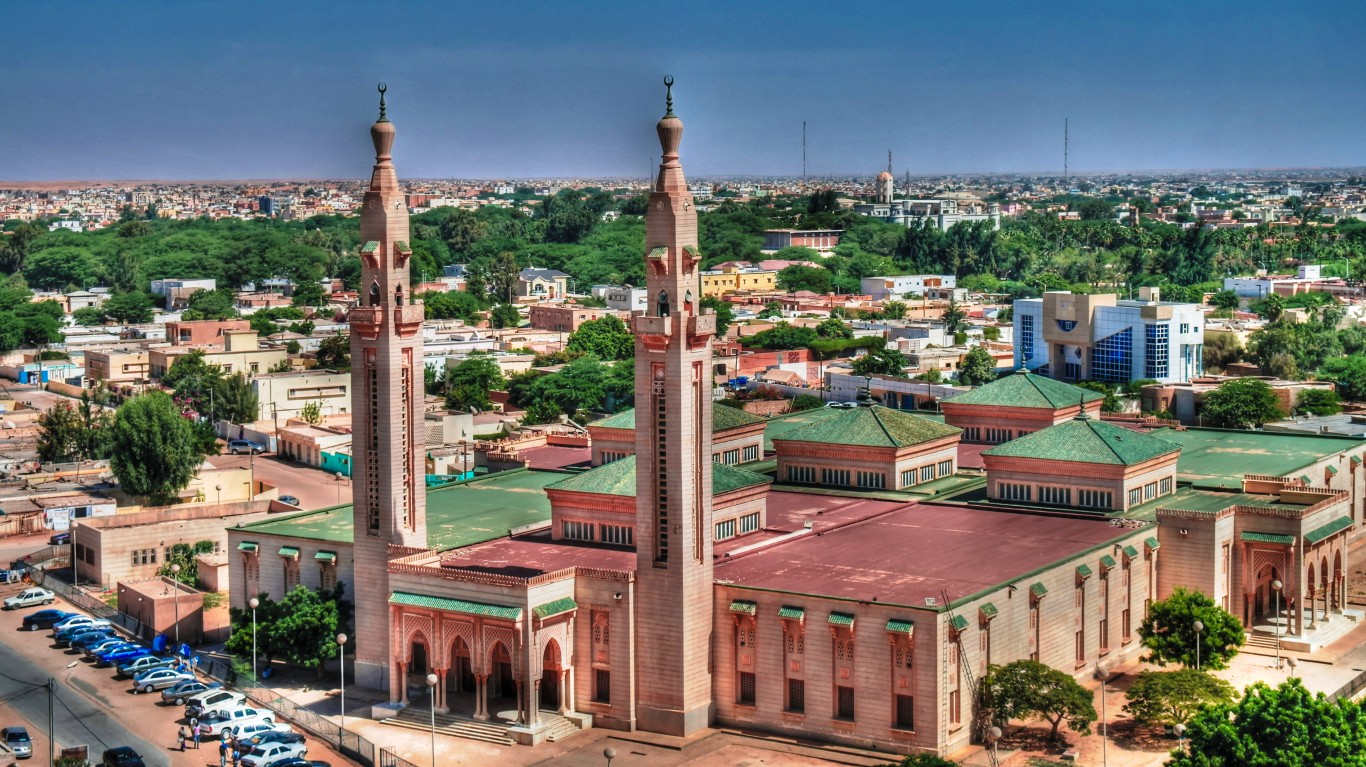
This is one of the newest currencies in the world, being introduced in 2018. The ouguiya can be divided into five khoums.
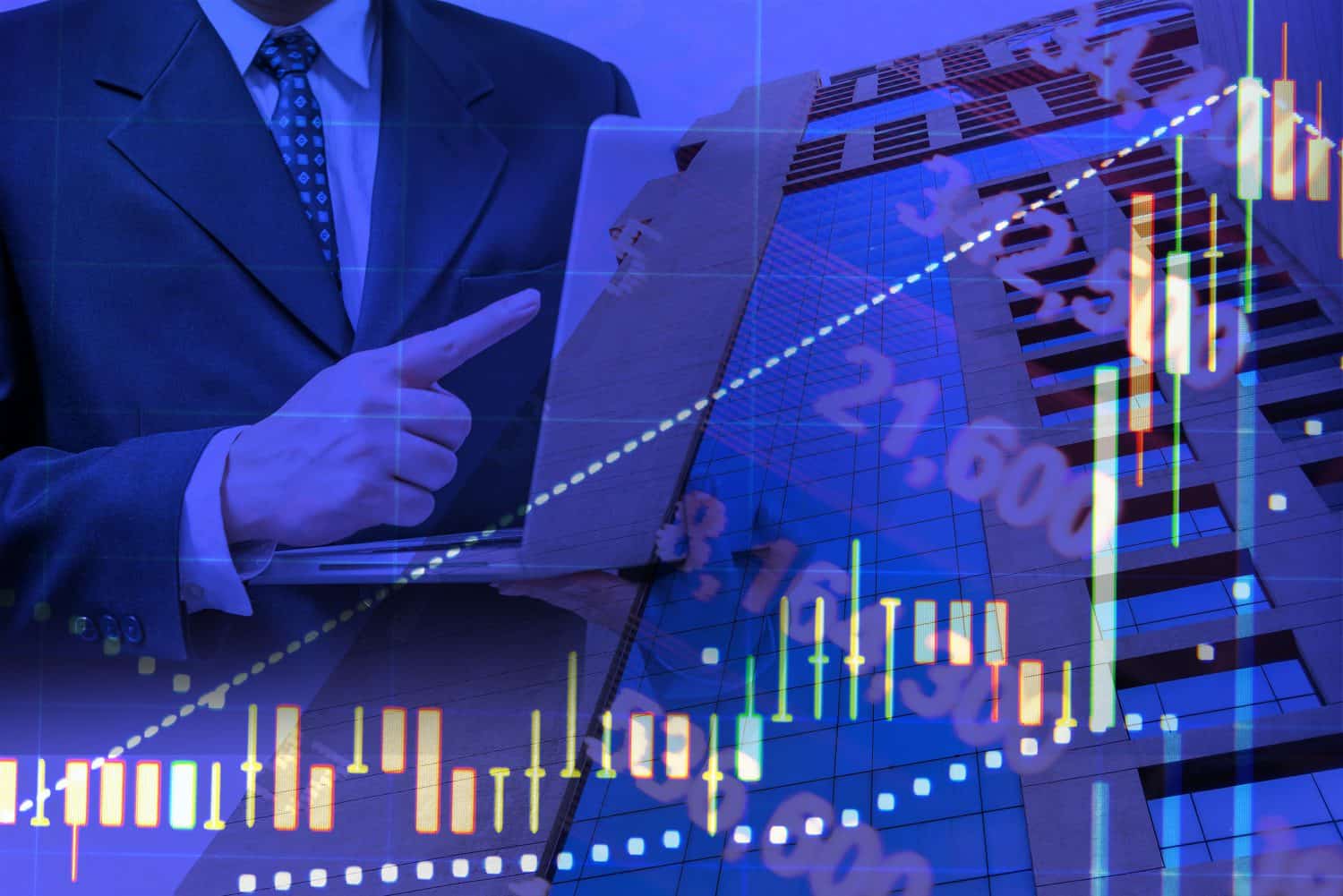
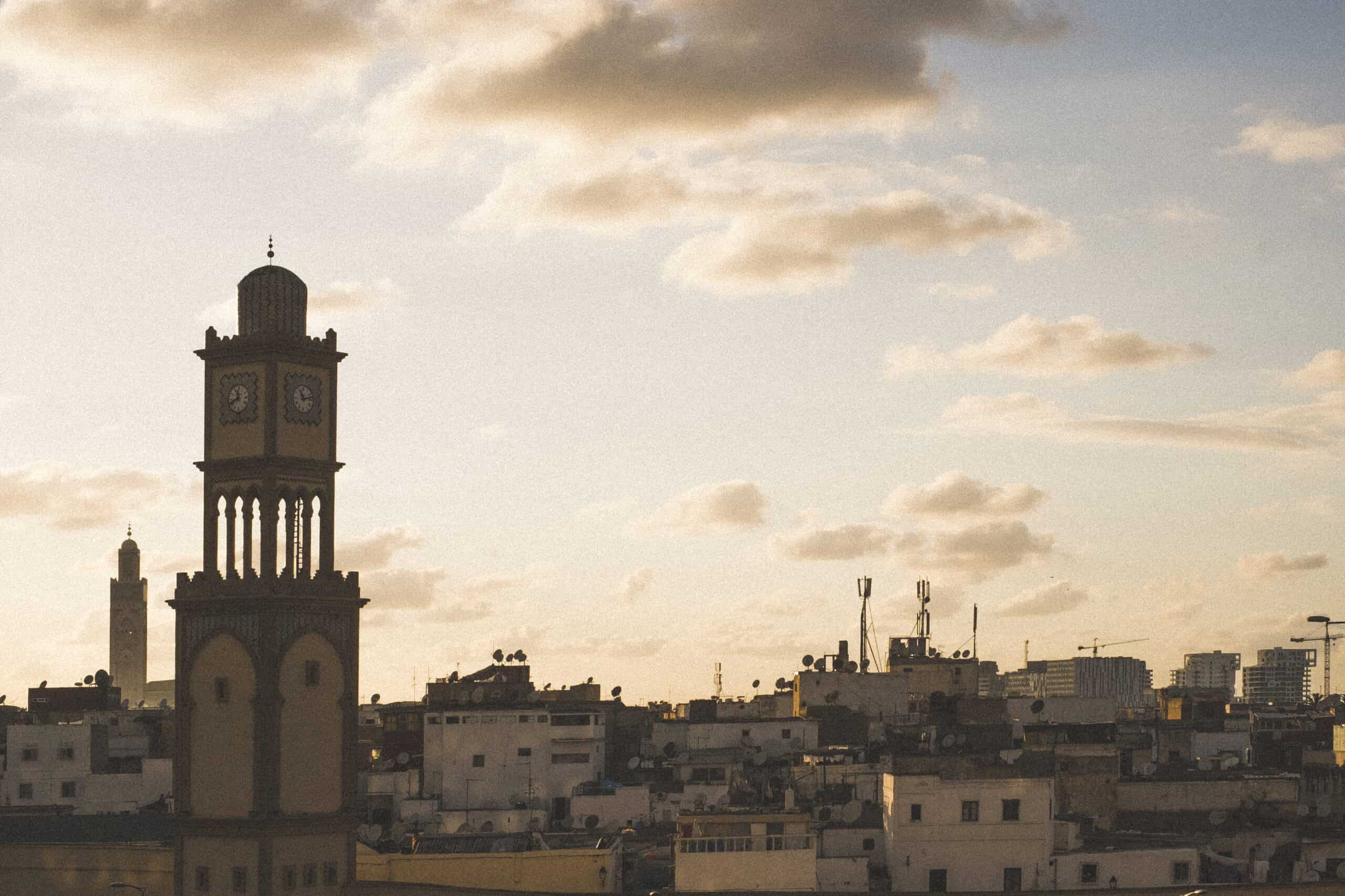
The dirham, dirhem, and drahm are all different names for the same variations of currency and has historically been a silver coin. It is also a unit of measurement in the ancient world.
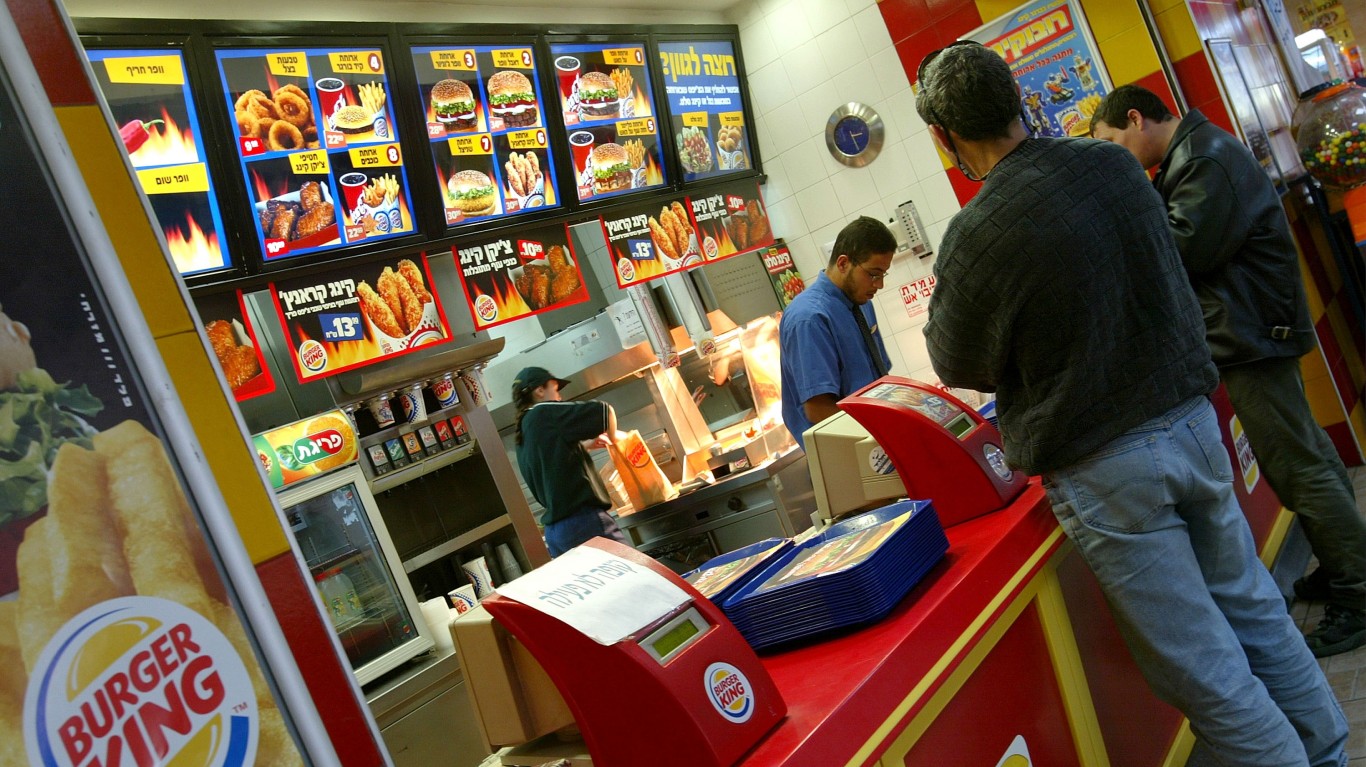

The new shekel was introduced in 1986 when it replaced the old shekel that had become incredibly inflated.
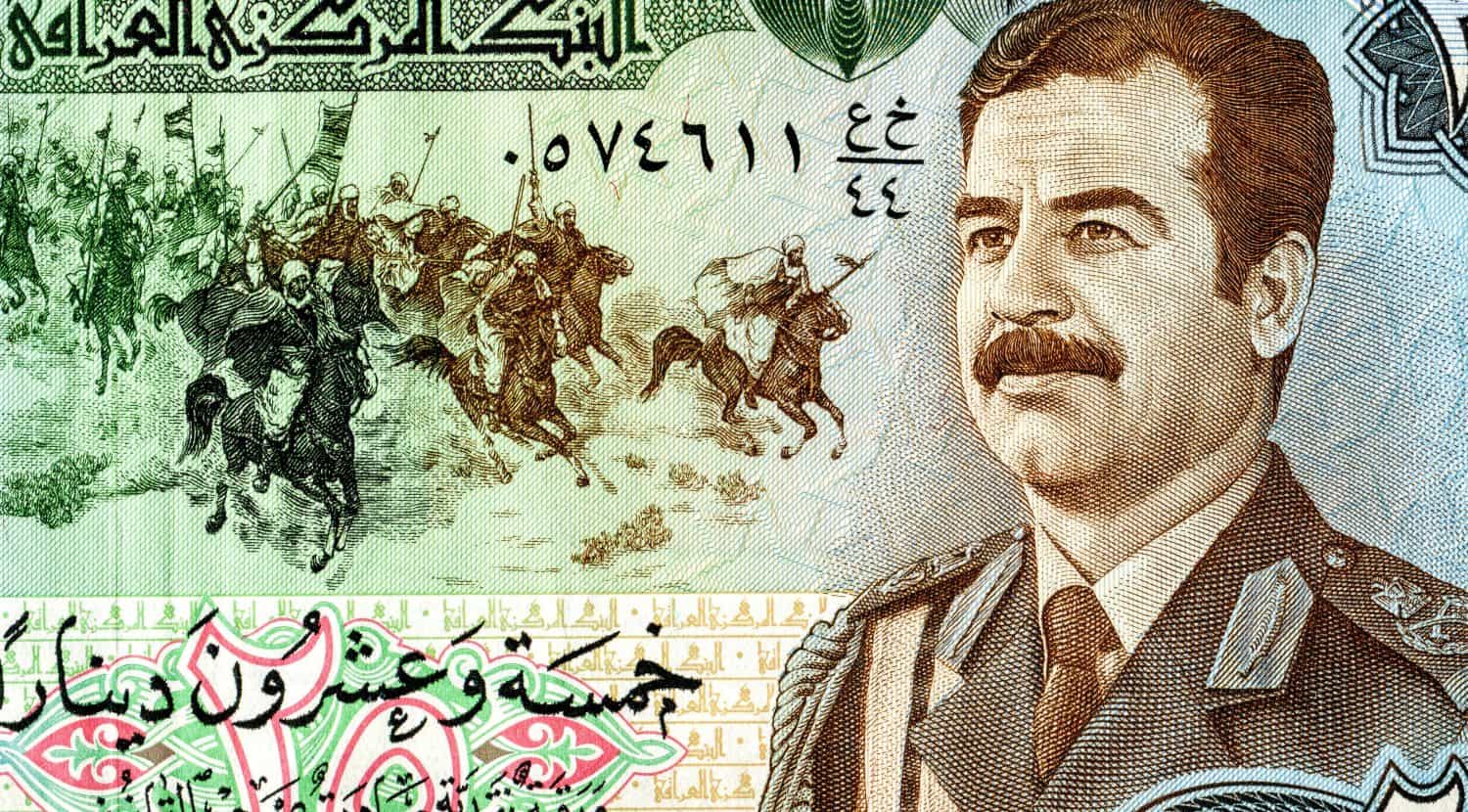

The dinar, and variations of the name, is used in Algeria, Iraq, Jordan, Kuwait, Libya, North Macedonia, Serbia, and Tunisia, but the Jordanian dinar is only used in Jordan and Palestine.
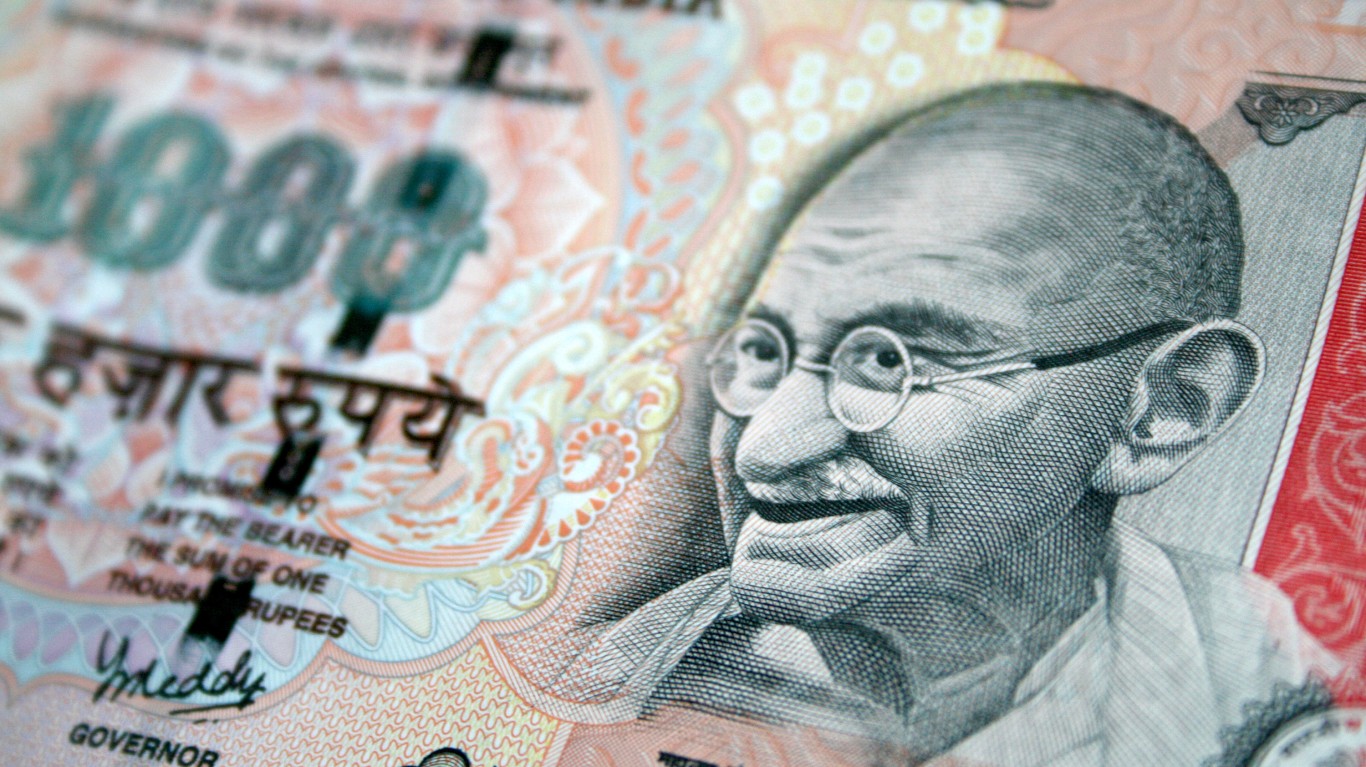
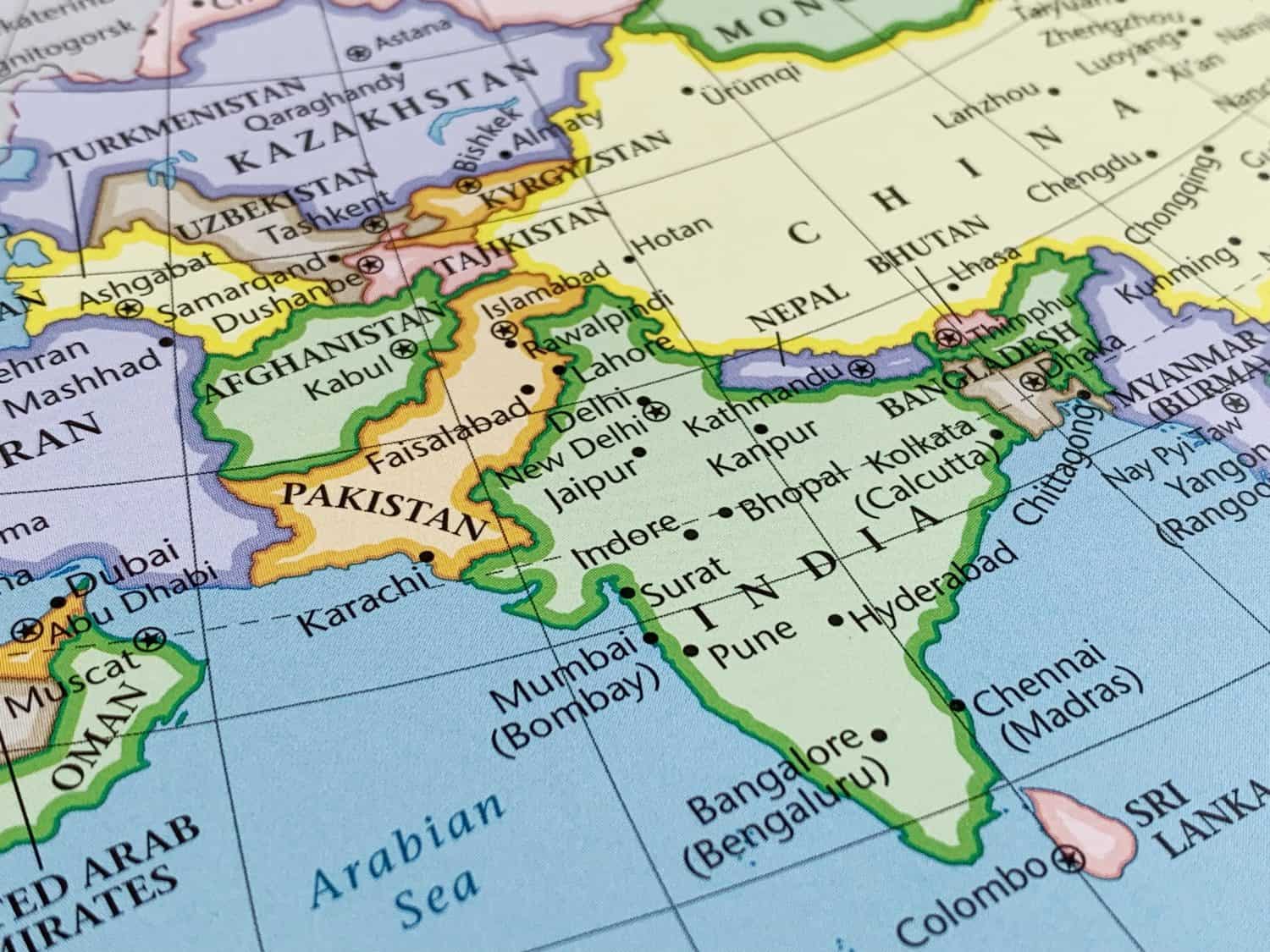
The rupee is a name for several different currencies, the most popular being the Indian rupee. The name means a “coin of silver”.

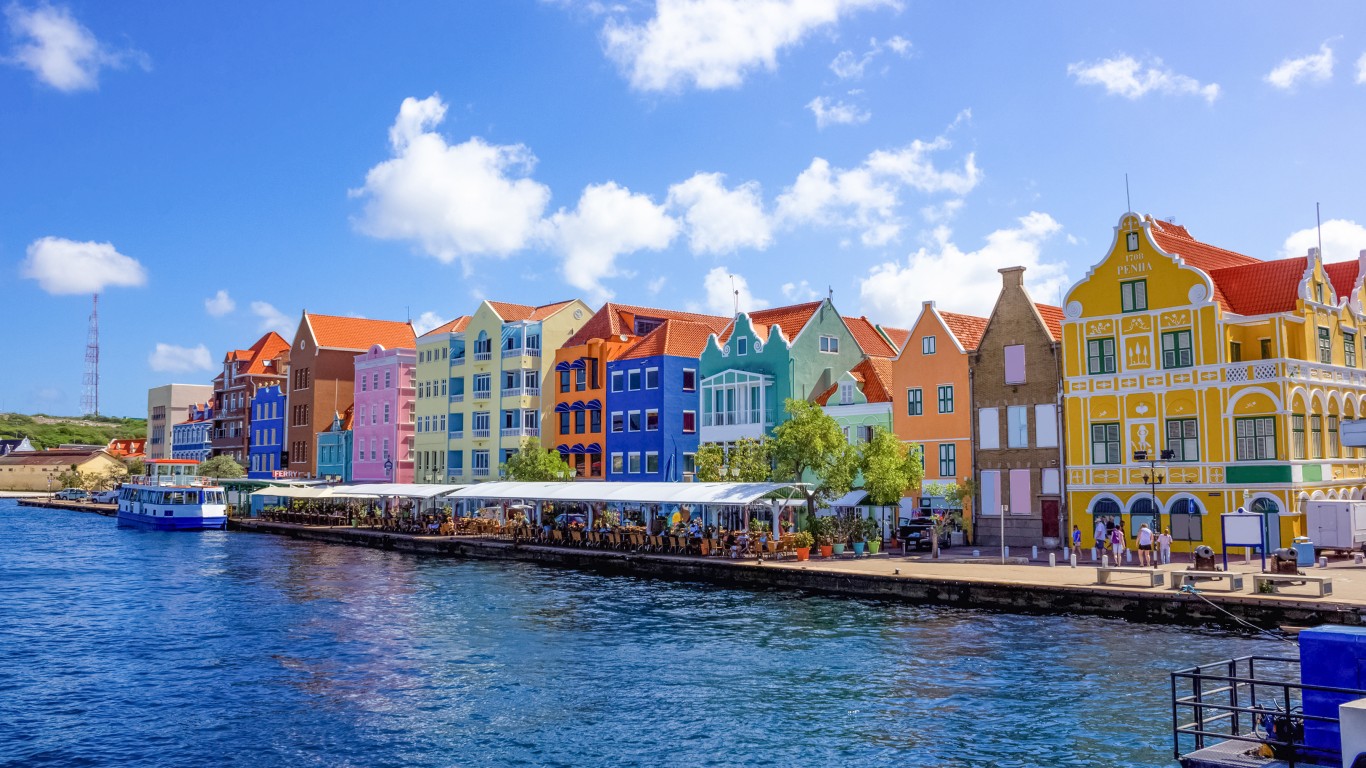
The currency is named after the Netherlands Antilles before it was dissolved, but remains in use with proposals pending for its replacement.
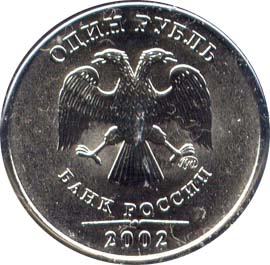
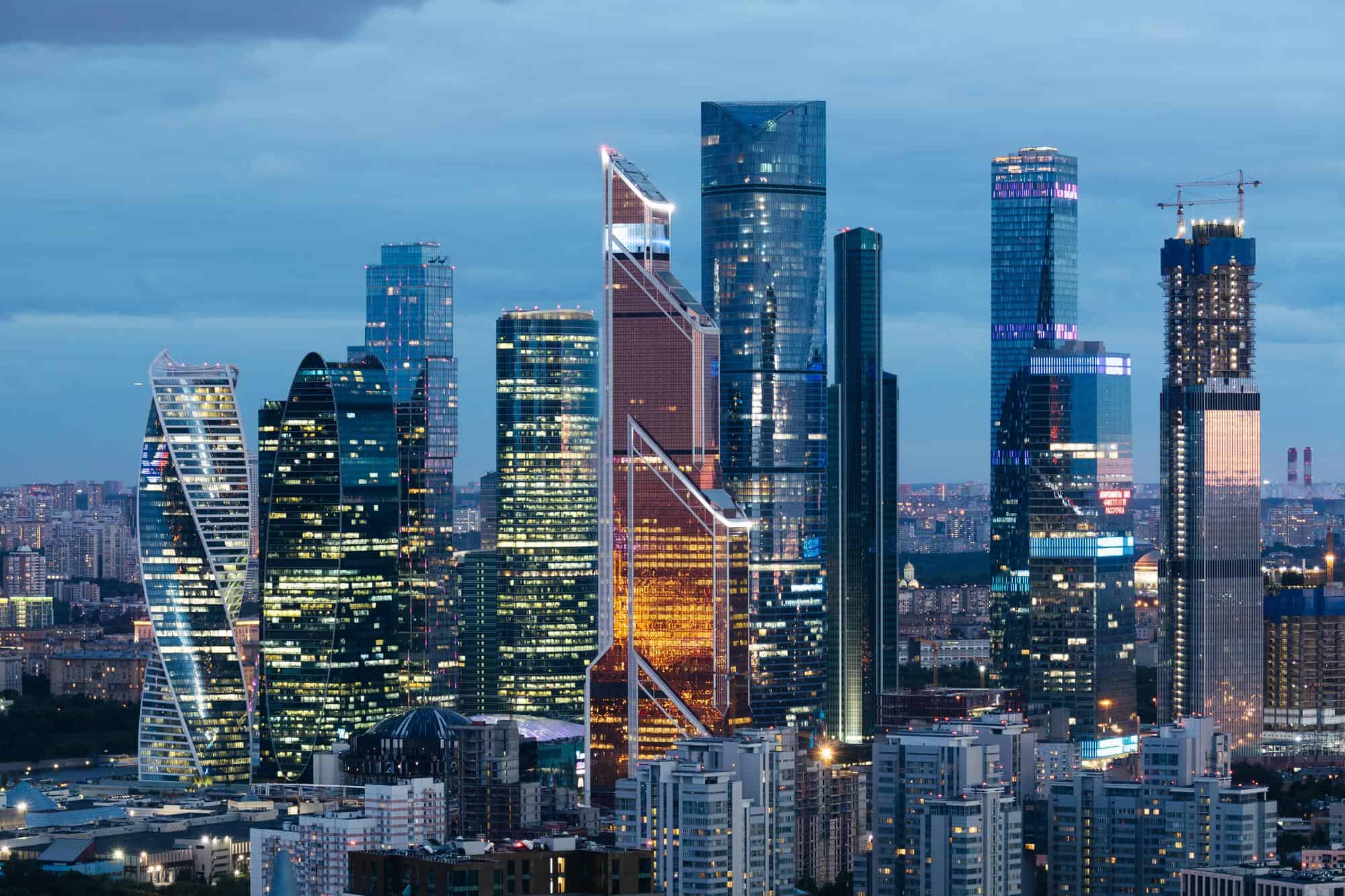
The name rouble refers to a cut piece of a silver coin and has been used since imperial times in Russia.
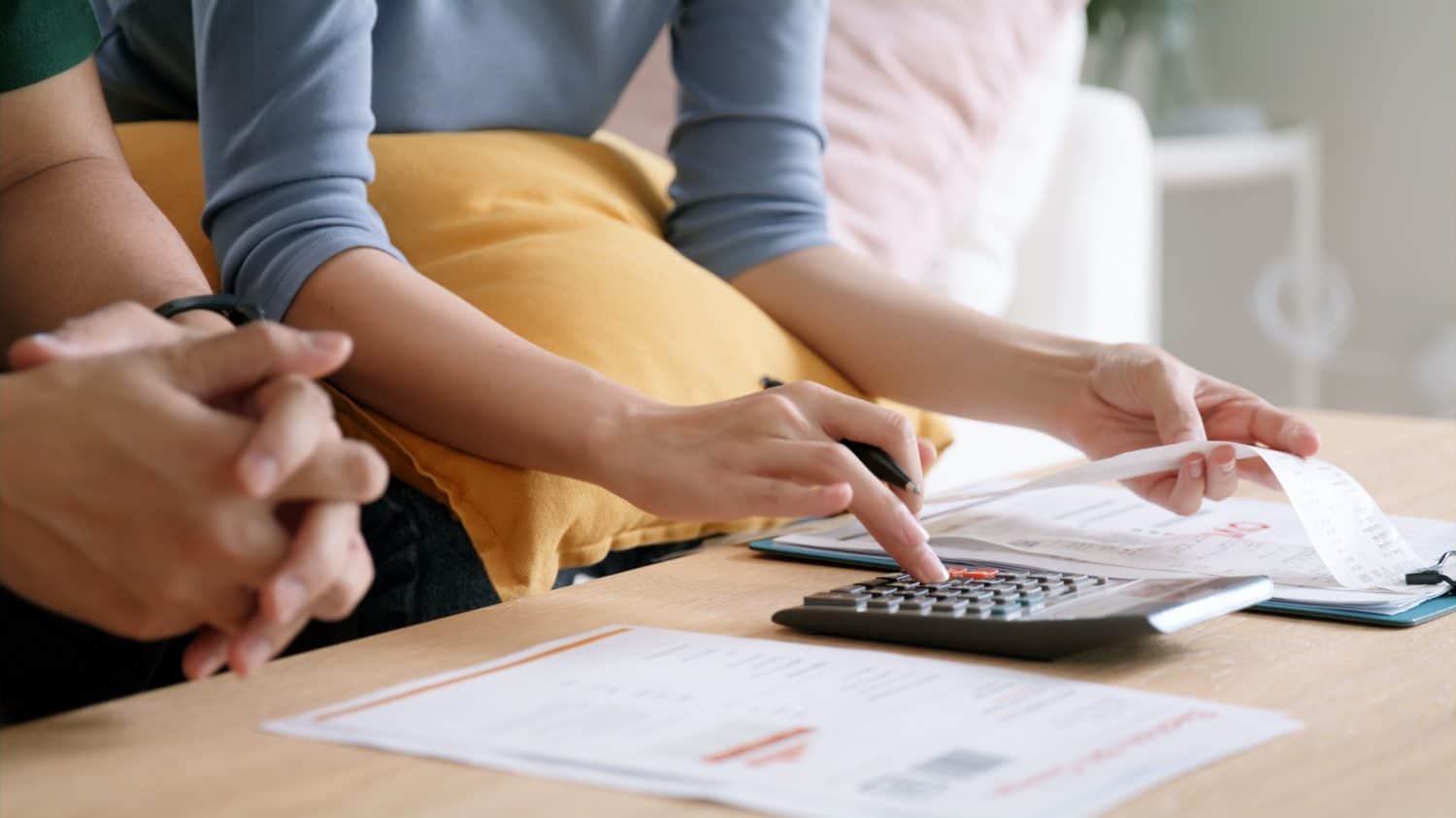
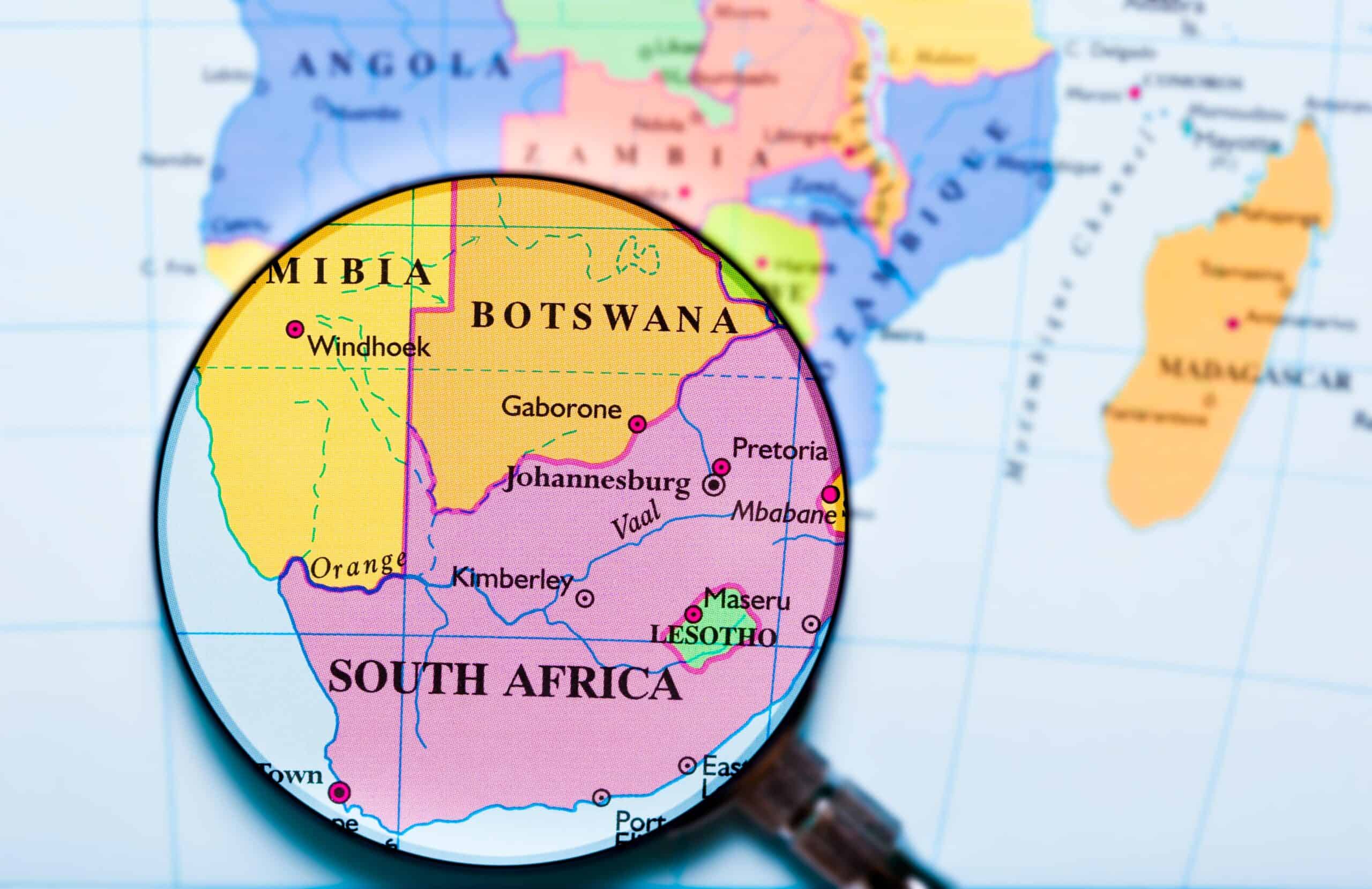
The rand is widely used as the substitute for the national currencies of the countries near (or in the case of Lesotho, within) South Africa.
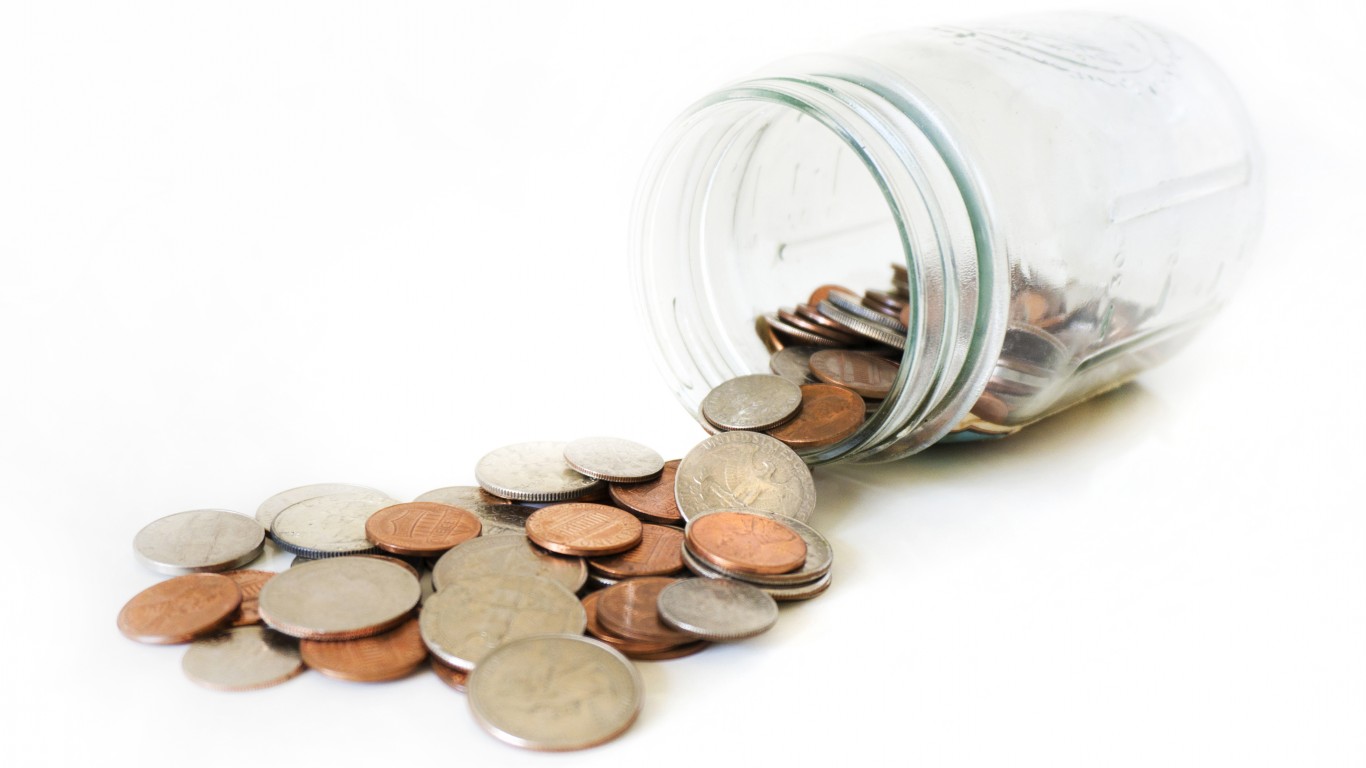
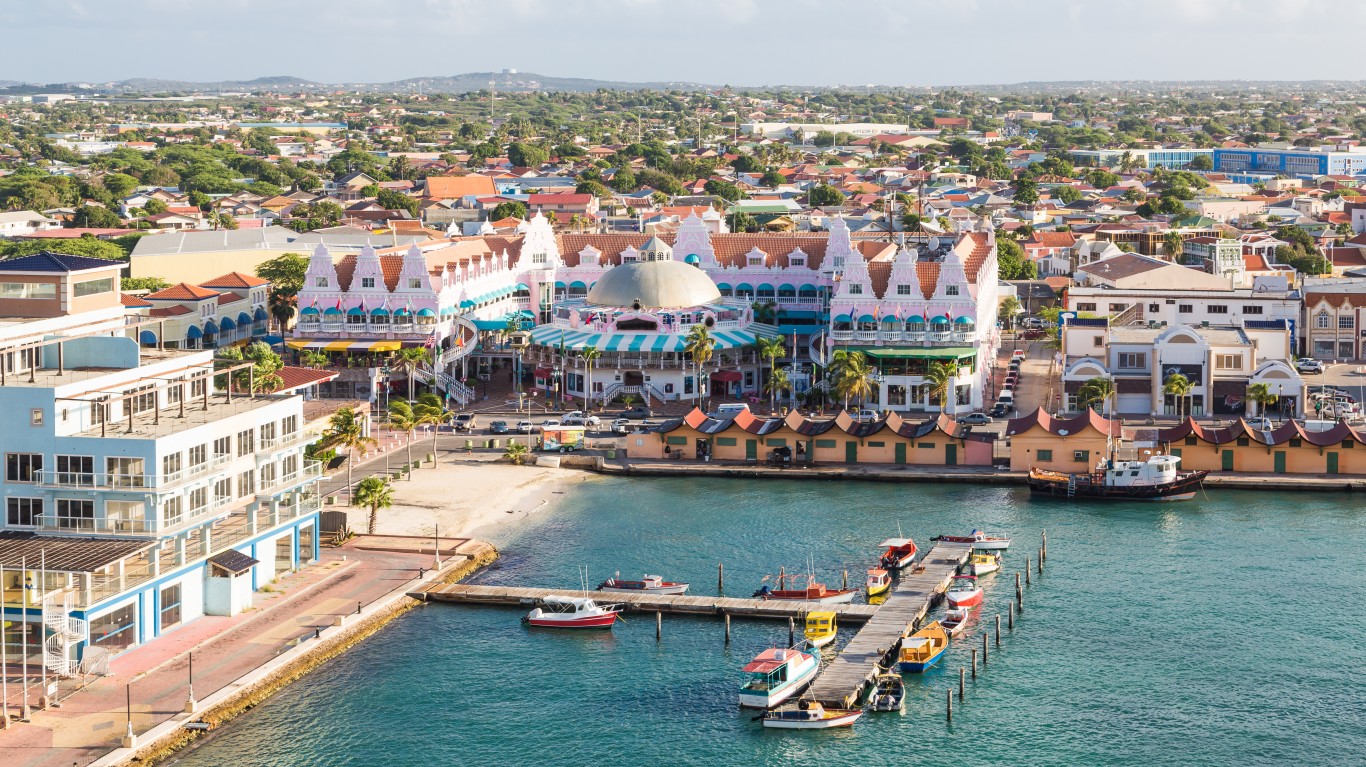
This currency is also known as the Aruban guilder and replaced the Antillean guilder in 1986. The original florin currency was the money used in Florence.
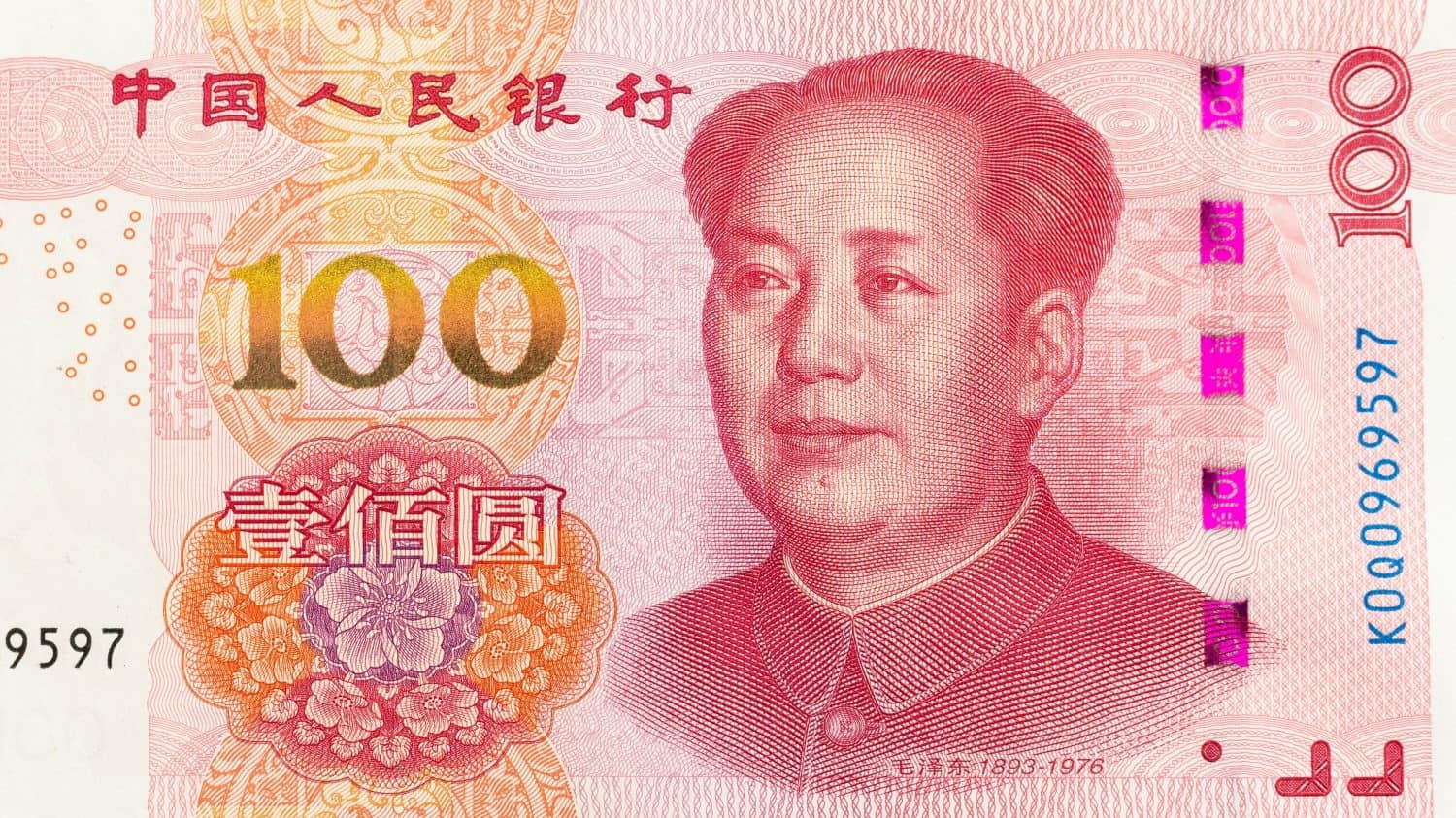
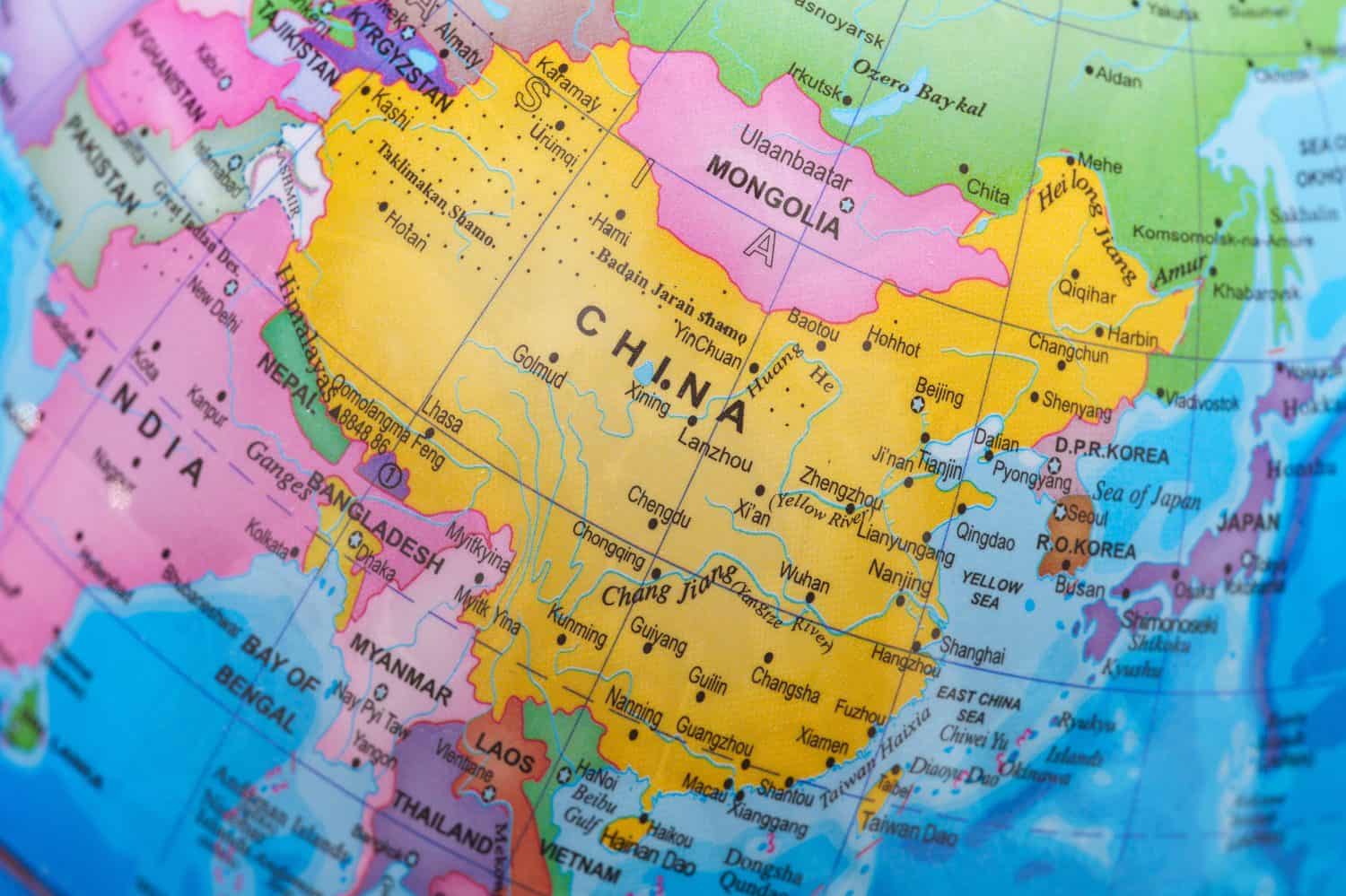
The renminbi is the proper name for the Chinese yuan, the official money of China. It is the fifth-most popular currency in the world.
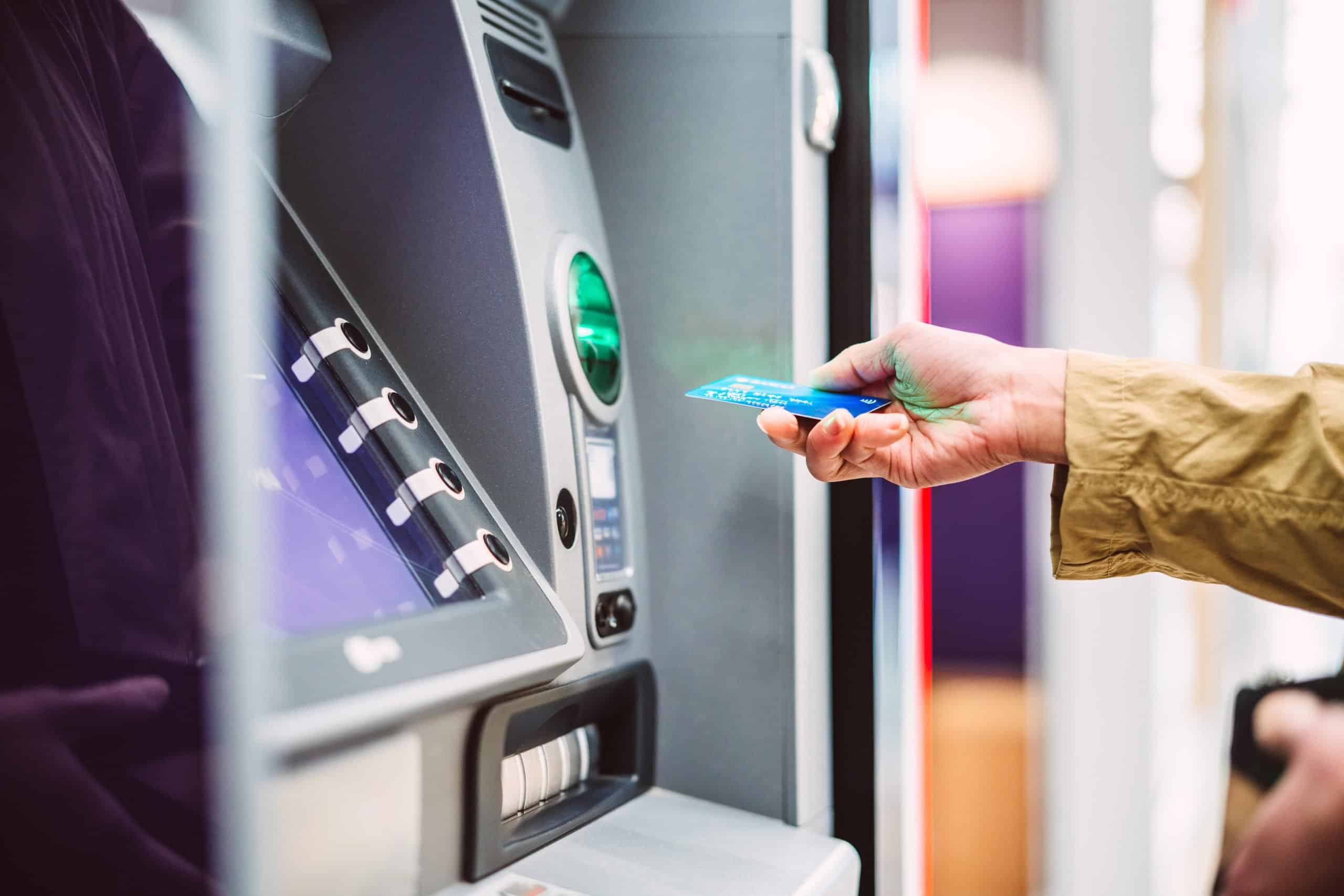
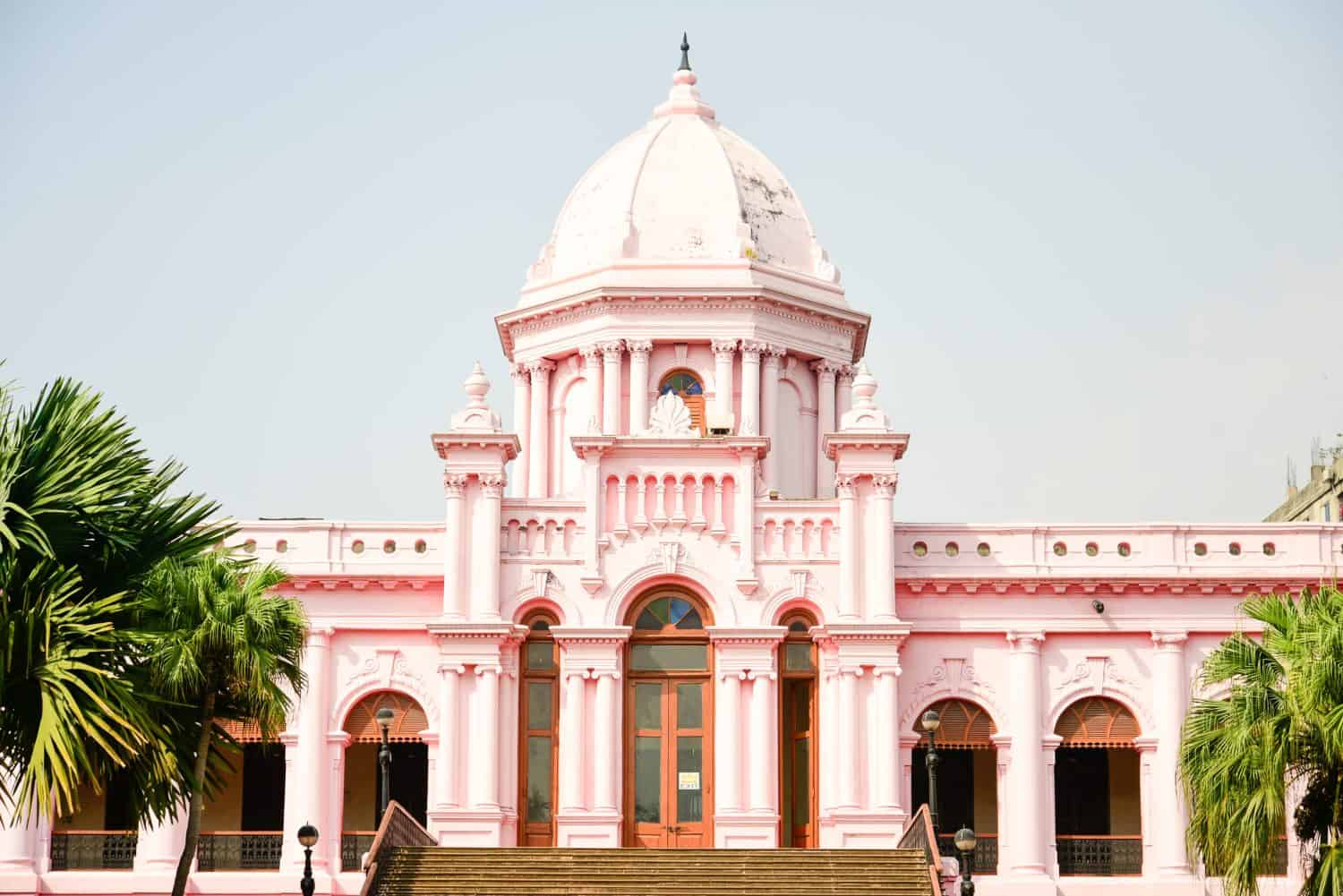
The word taka means silver coin in Sanskrit. It was introduced in 1972 to replace the Pakistani rupee.
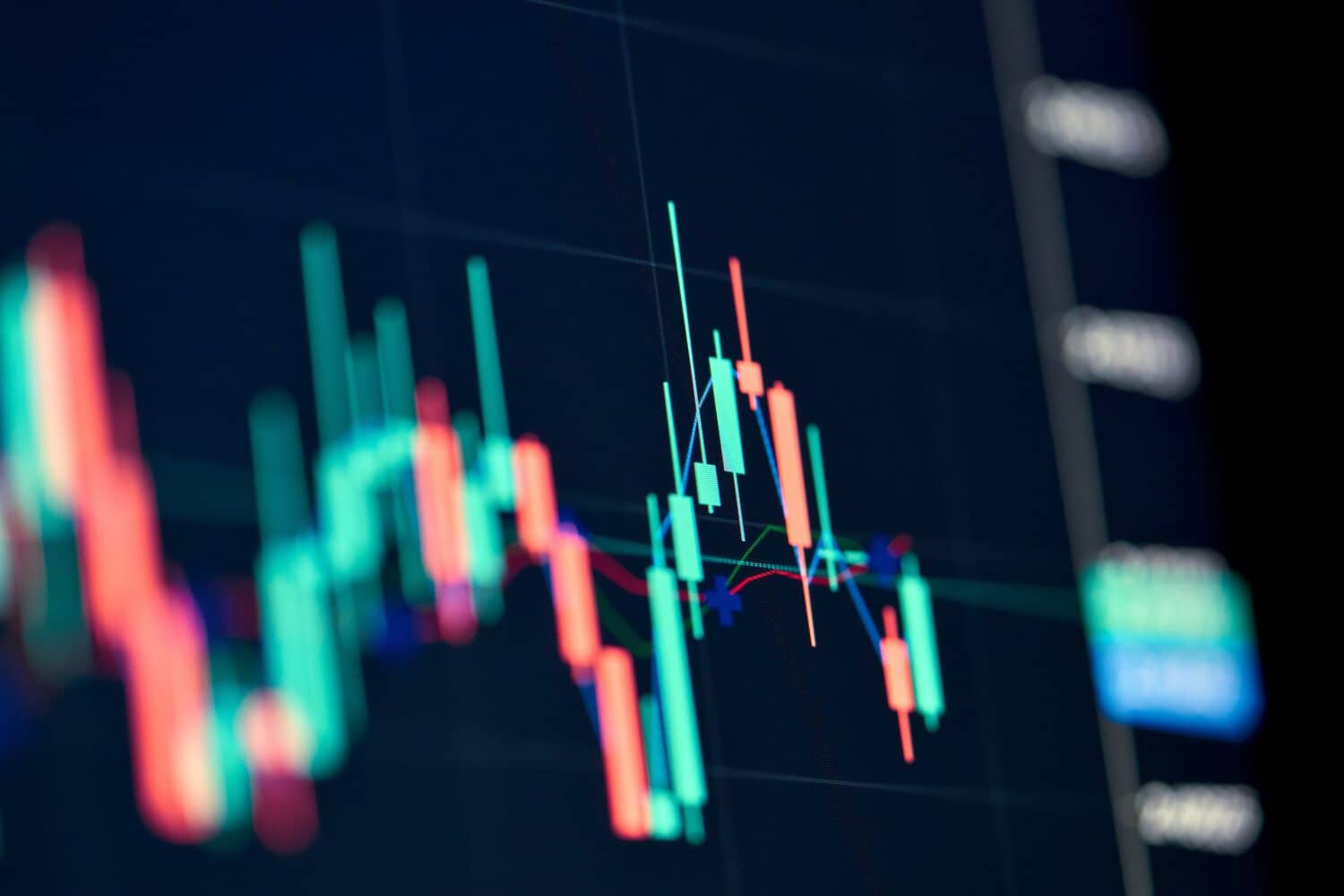
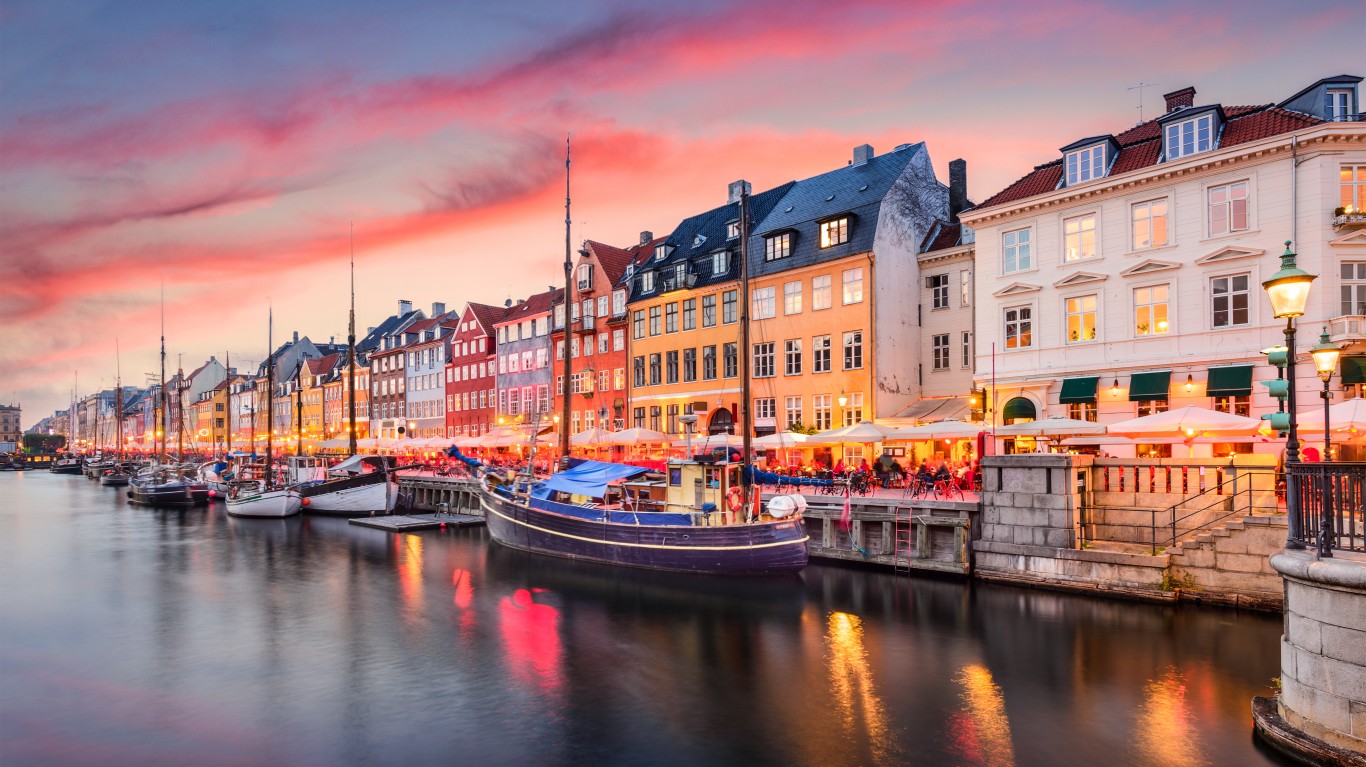
Krone means crown in English, so the krone is often referred to as the Danish crown or Norwegian crown. The use of krones in Denmark dates back to 1513.
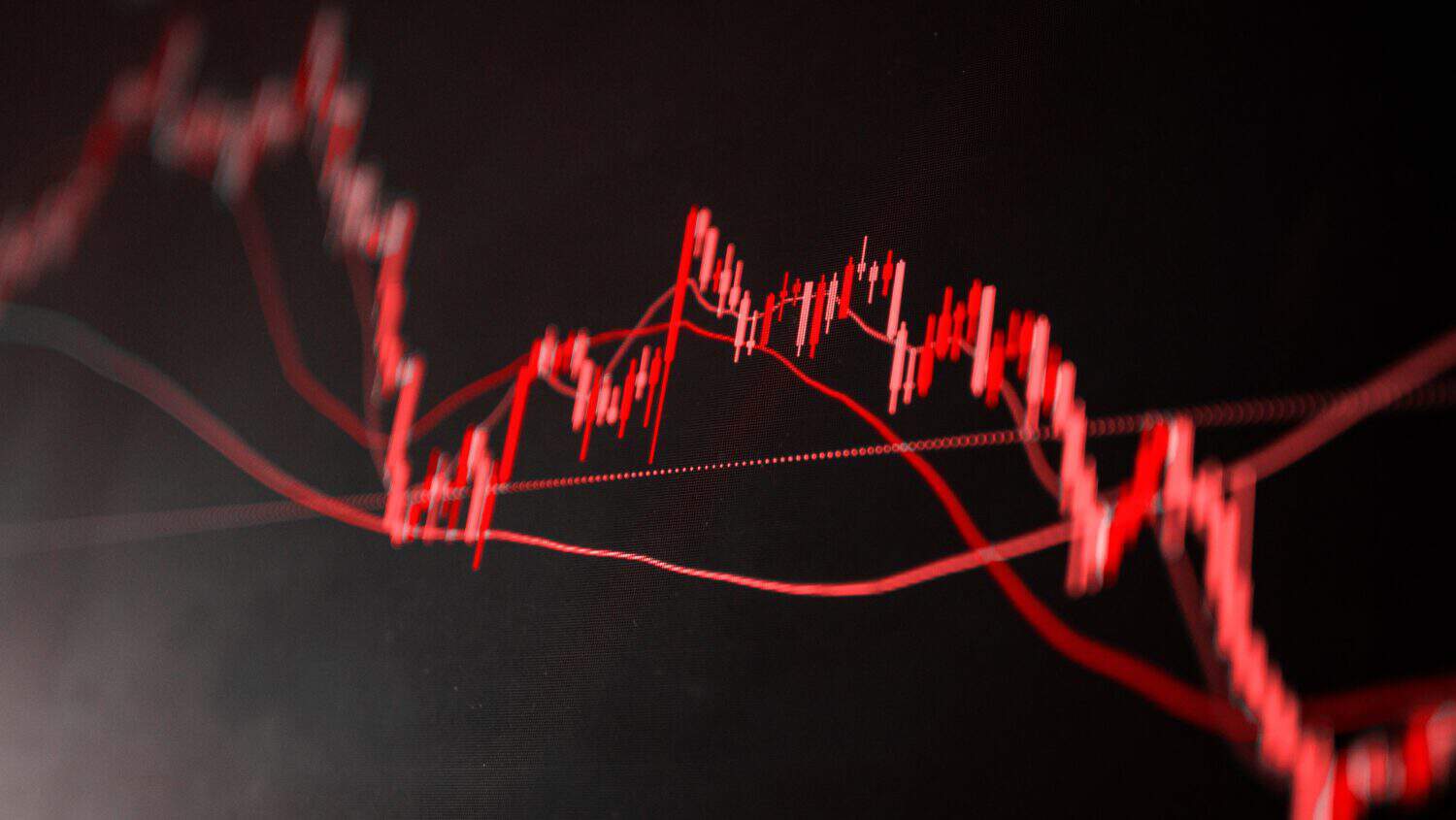
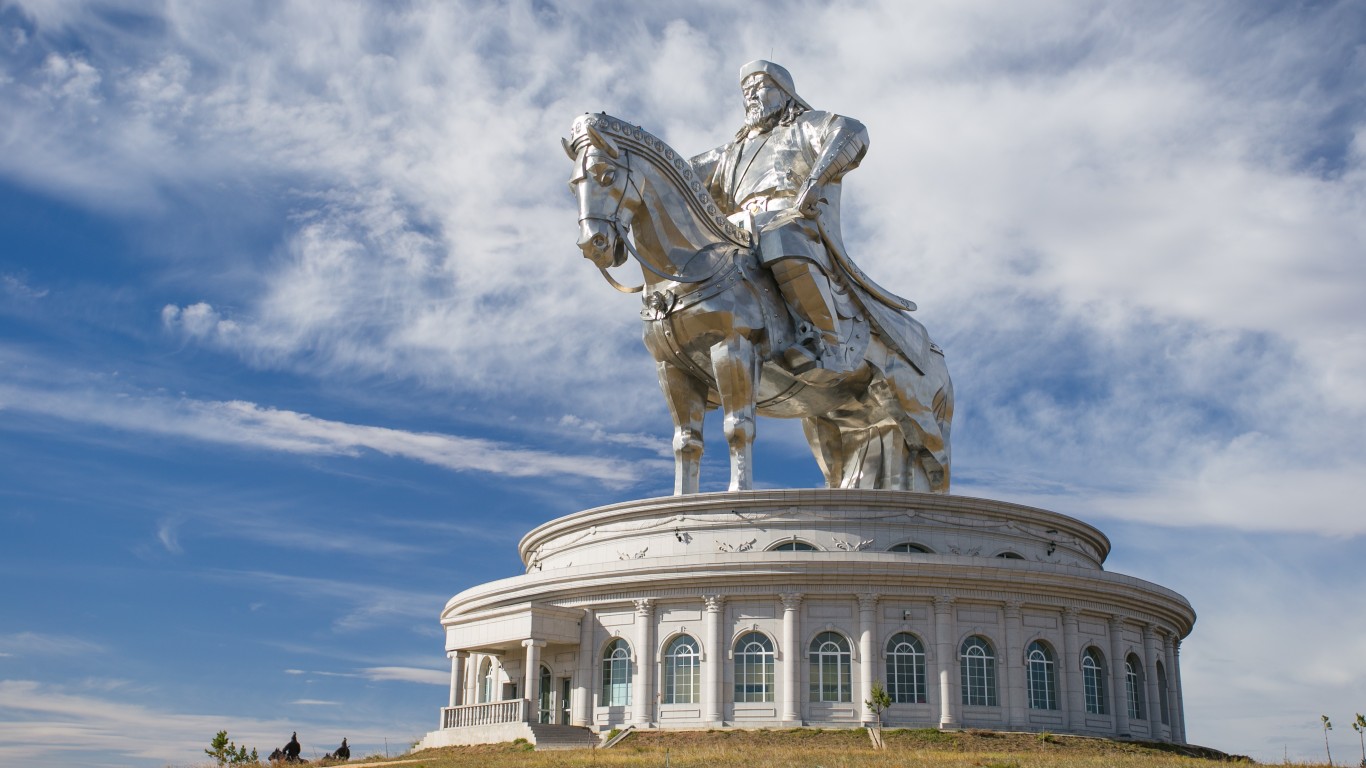
Properly named the tögrög, the tugrik name means “circle” and was introduced in 1925 to replace the Mongolian dollar. It is only used in Mongolia.
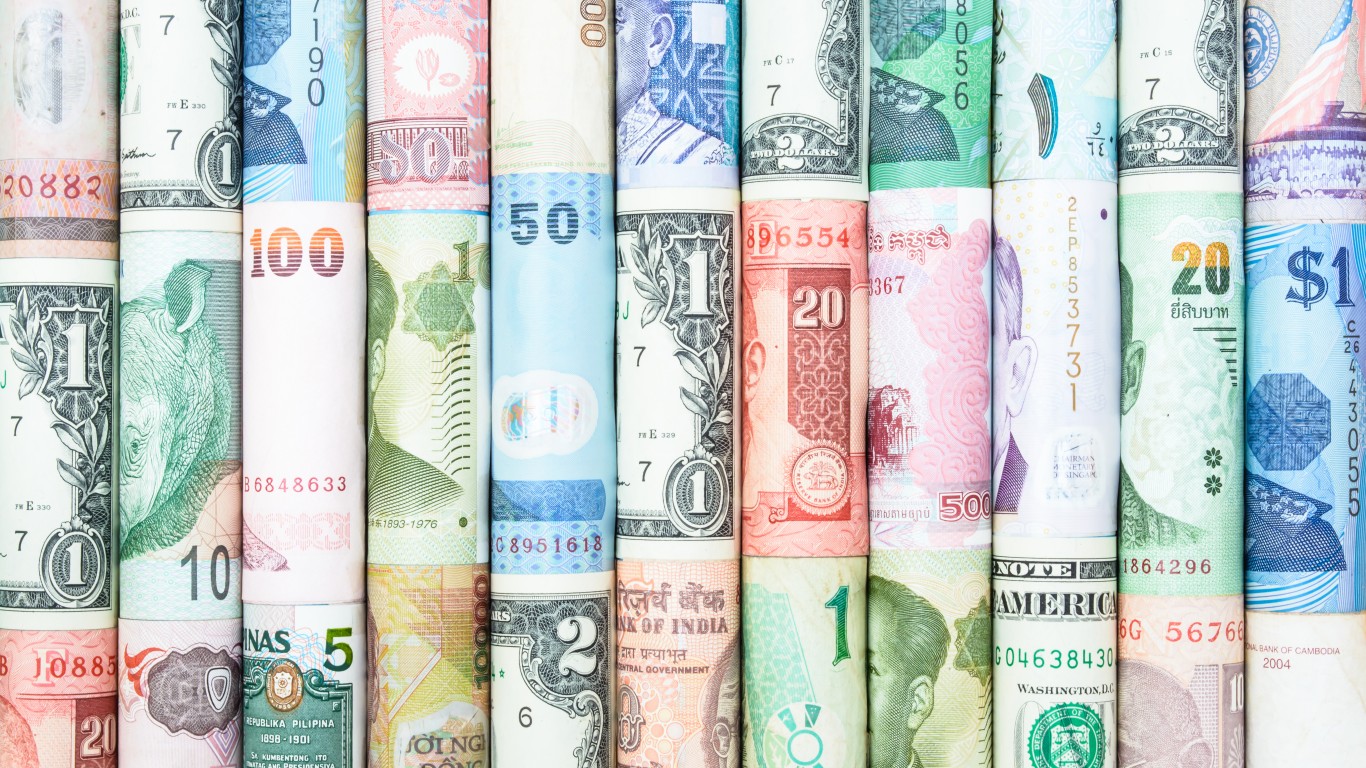
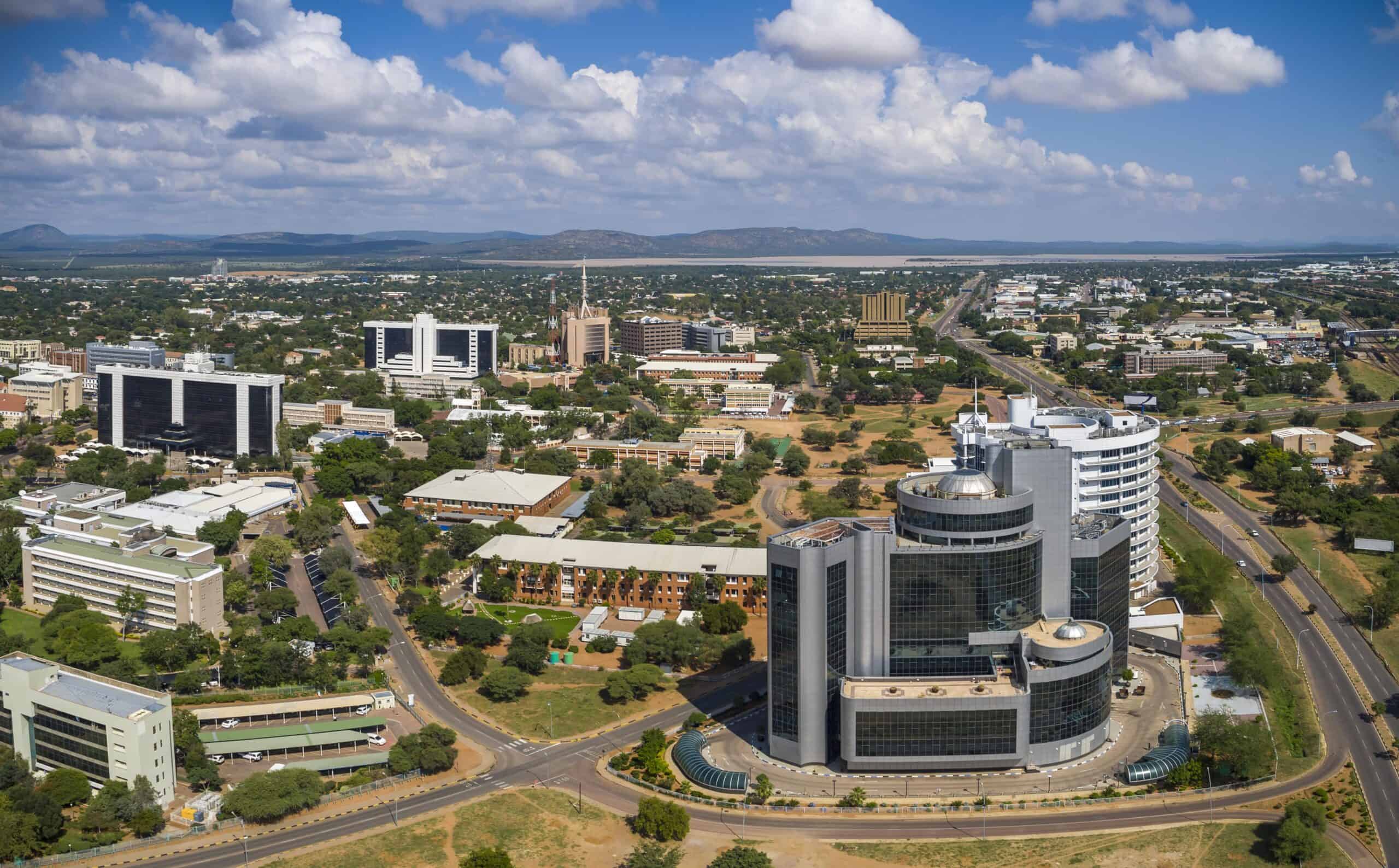
The name pula means “rain” in Setswawna because rain is so rare and valuable, and the subdivision of the currency, thebe, means “shield”. All the names for the currency were decided by the people of Botswana.
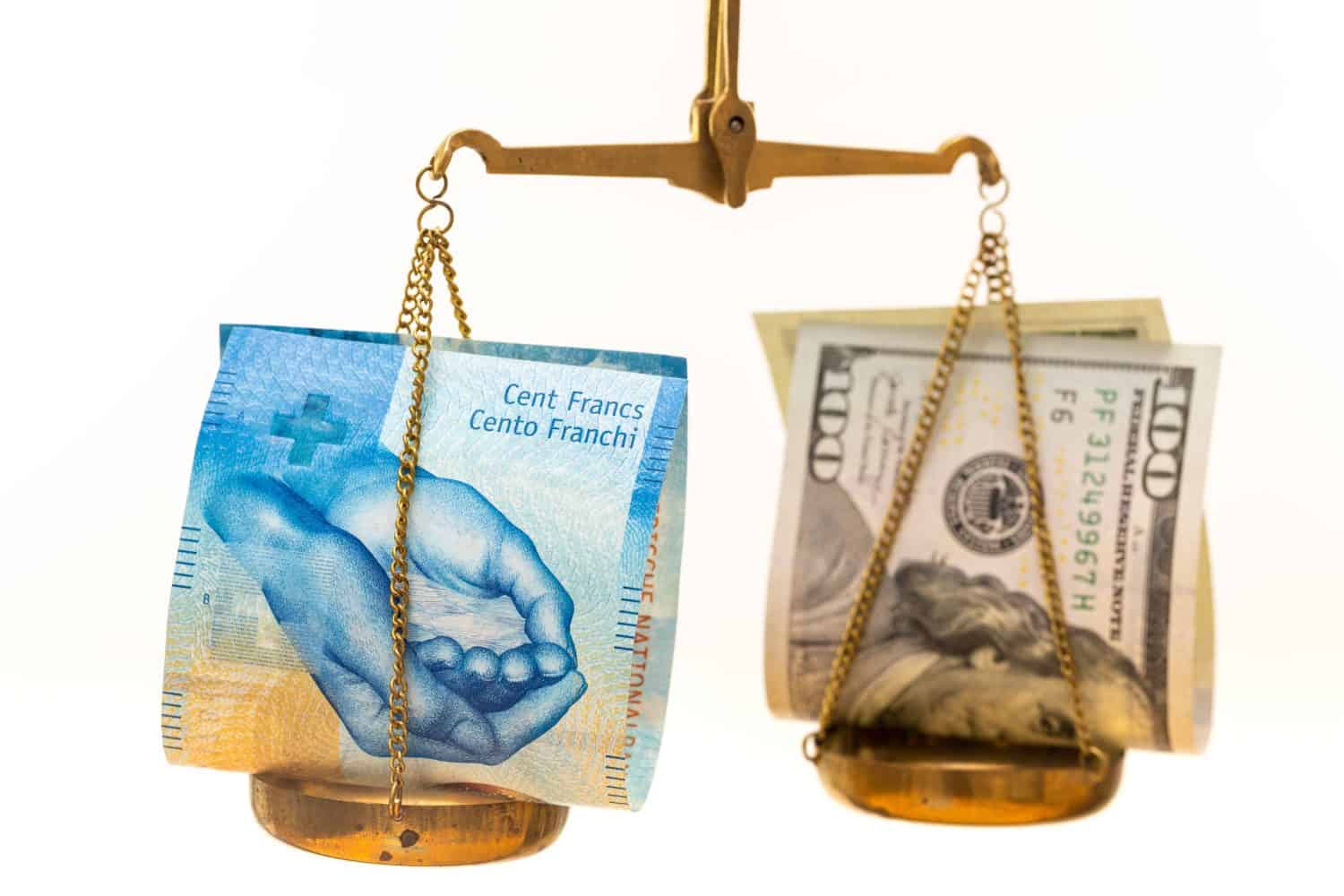

This is a legal currency in Abkhazia, but they are mostly made as collectibles and seldom used in everyday trade. People prefer to use the Russian ruble.
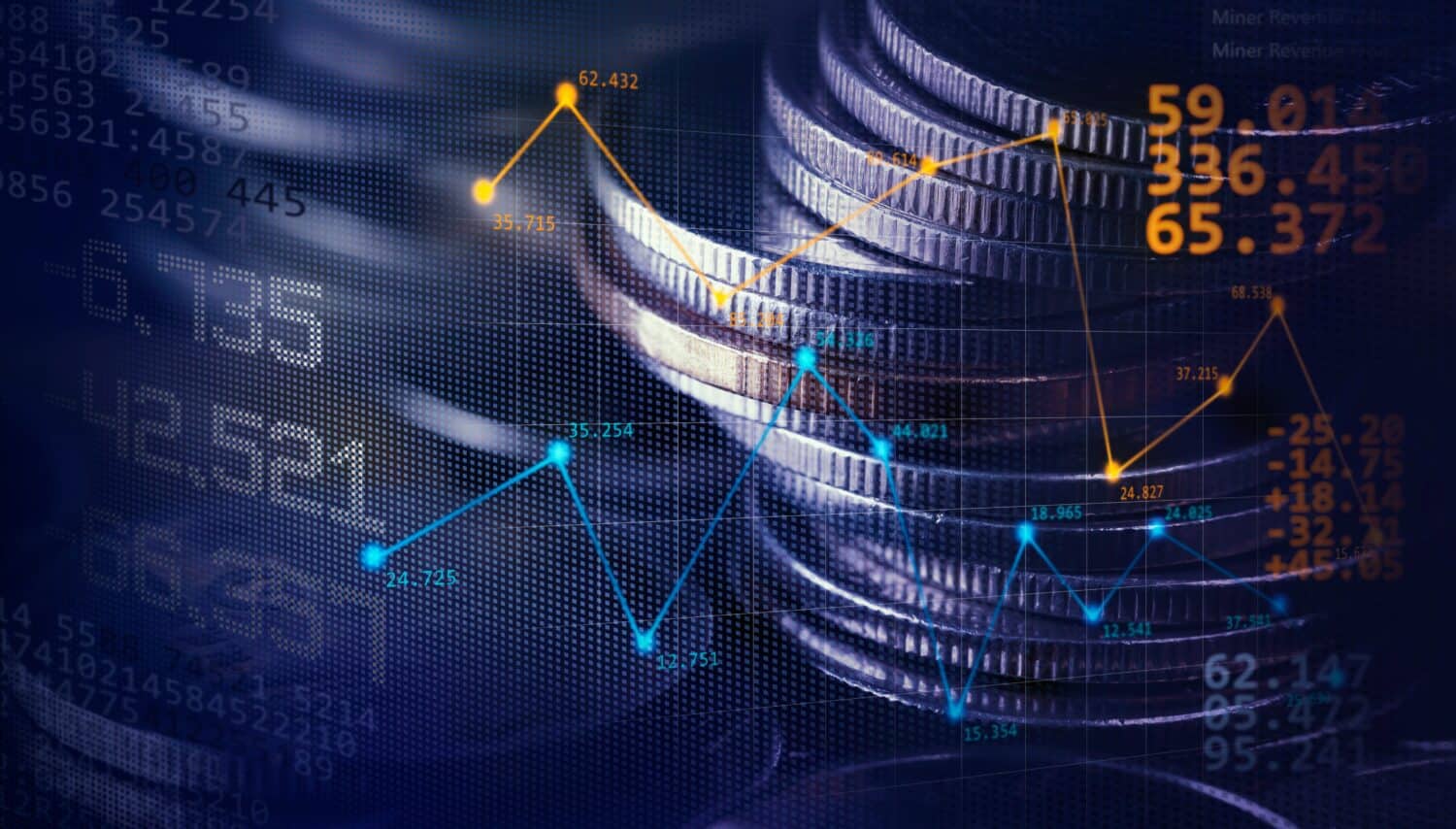
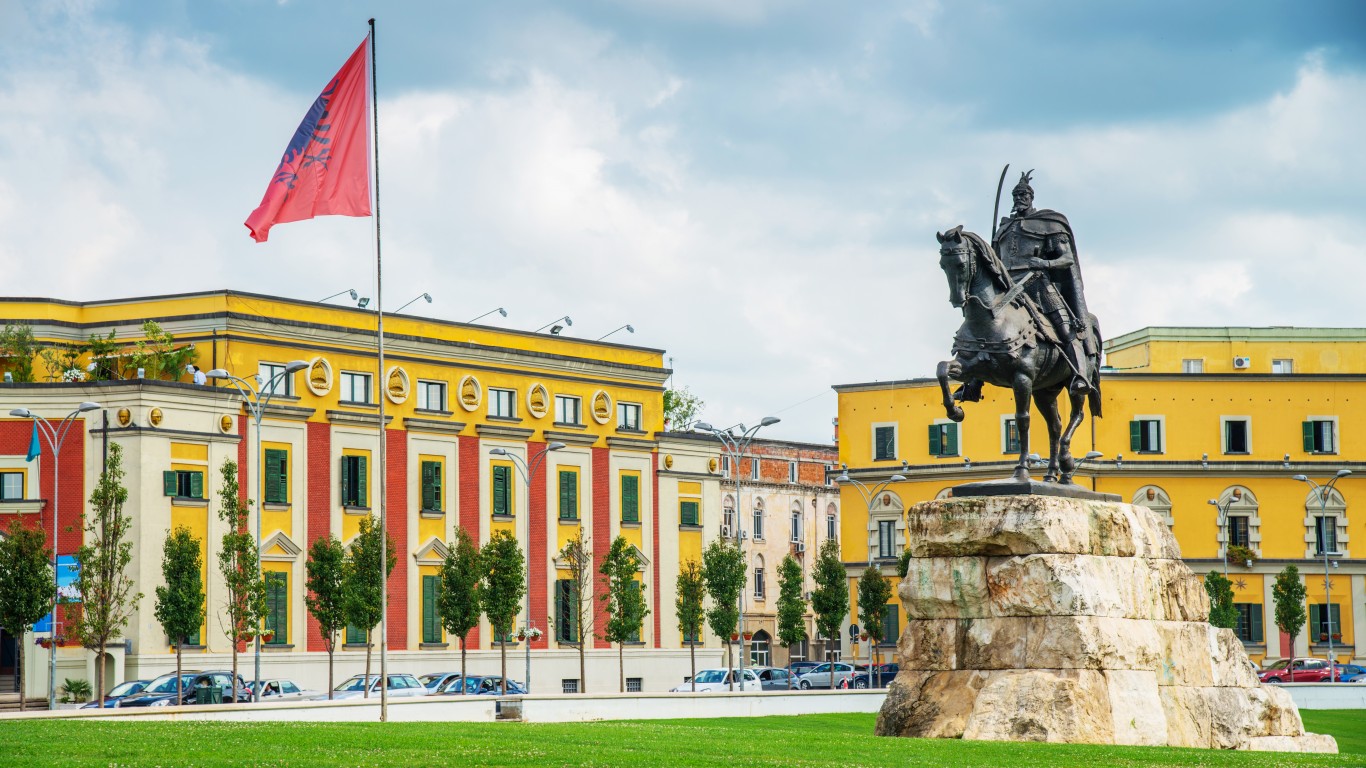
The lek was introduced in 1926, with no preceding currency. Before the lek, Albanians used the gold standard to determine the value of trades in commerce with different currencies.
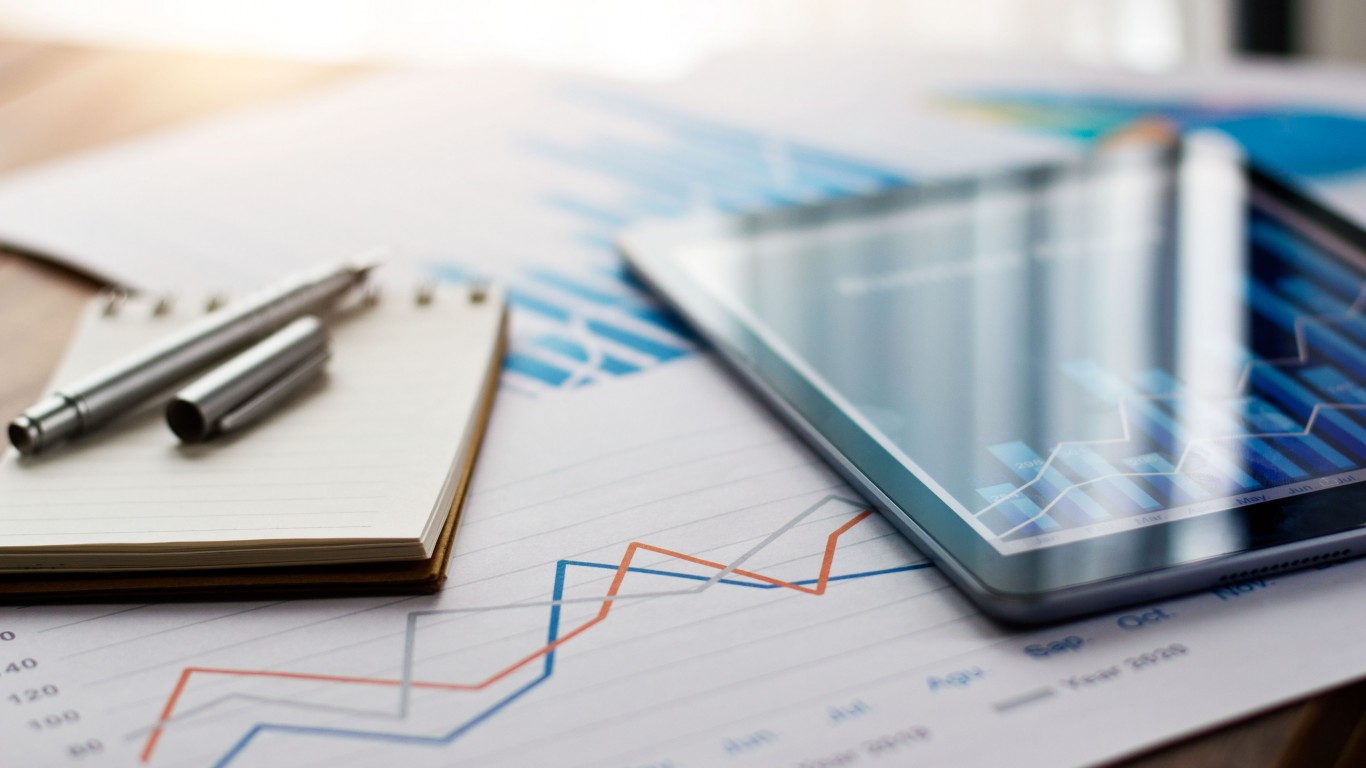

There have been four difference currencies with the name Kwanza since its introduction in 1977. It is named after the Kwanza River.
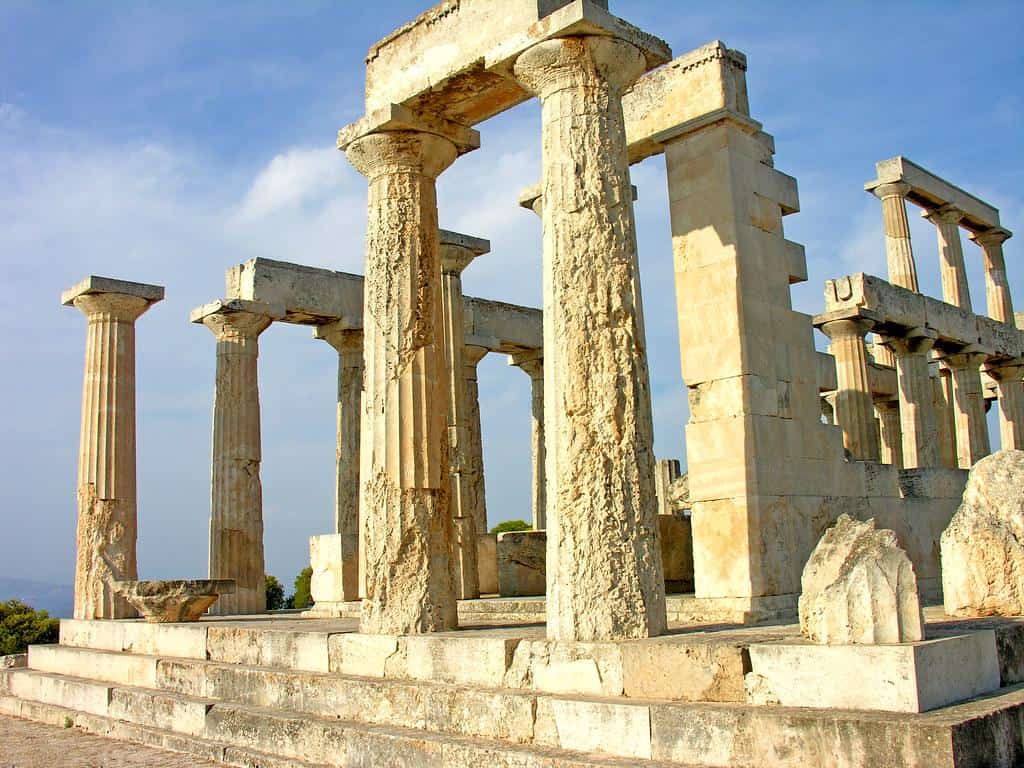

The name dram means “money” and comes from the Greek drachma and the Arabic money, dirham. The first series of the dram was introduced in 1994 after the fall of the Soviet Union.
The Average American Is Losing Momentum On Their Savings Every Day (Sponsor)
If you’re like many Americans and keep your money ‘safe’ in a checking or savings account, think again. The average yield on a savings account is a paltry .4%1 today. Checking accounts are even worse.
But there is good news. To win qualified customers, some accounts are paying more than 7x the national average. That’s an incredible way to keep your money safe and earn more at the same time. Our top pick for high yield savings accounts includes other benefits as well. You can earn a $200 bonus and up to 7X the national average with qualifying deposits. Terms apply. Member, FDIC.
Click here to see how much more you could be earning on your savings today. It takes just a few minutes to open an account to make your money work for you.
Thank you for reading! Have some feedback for us?
Contact the 24/7 Wall St. editorial team.